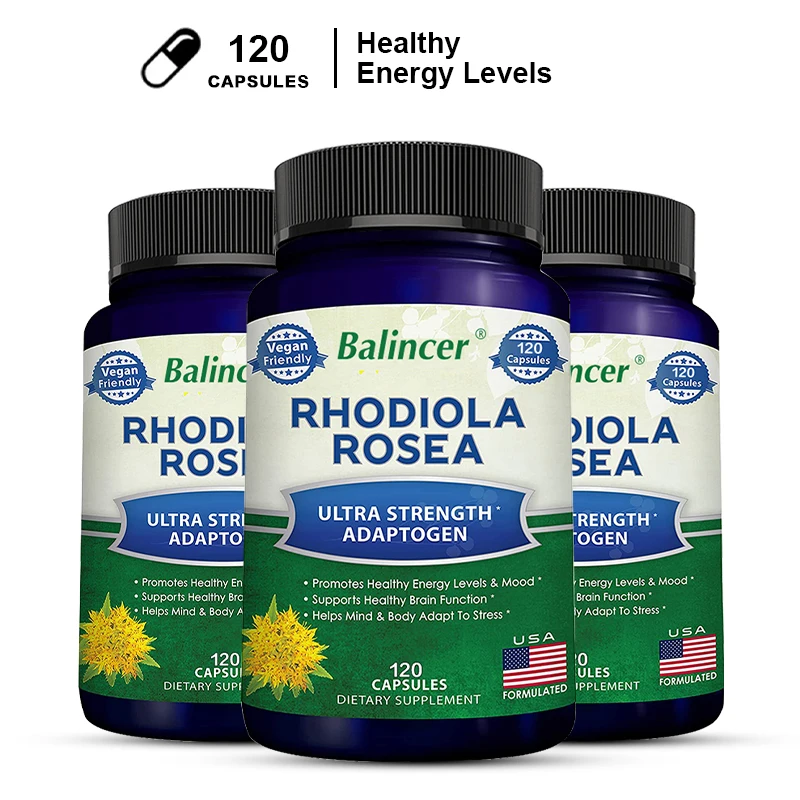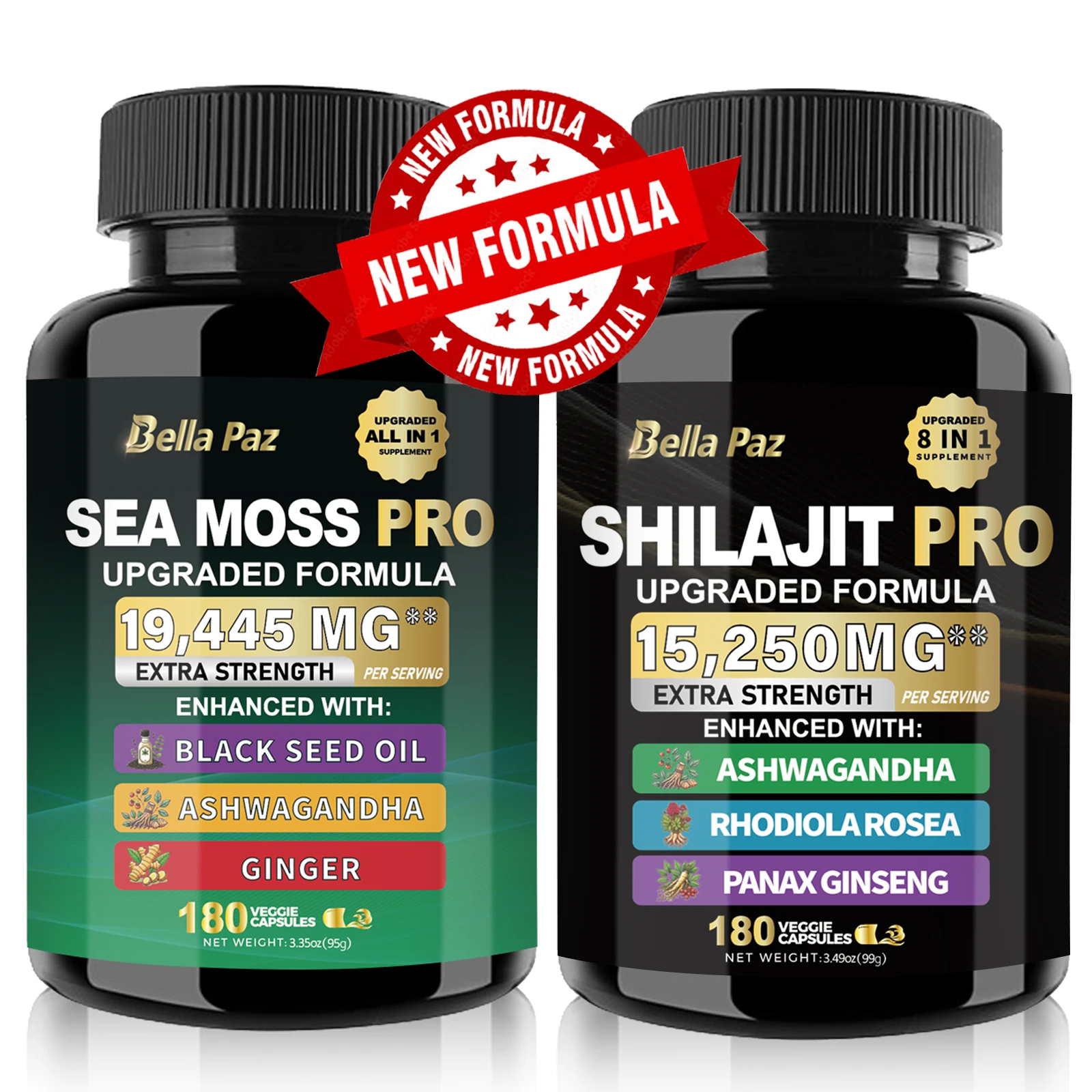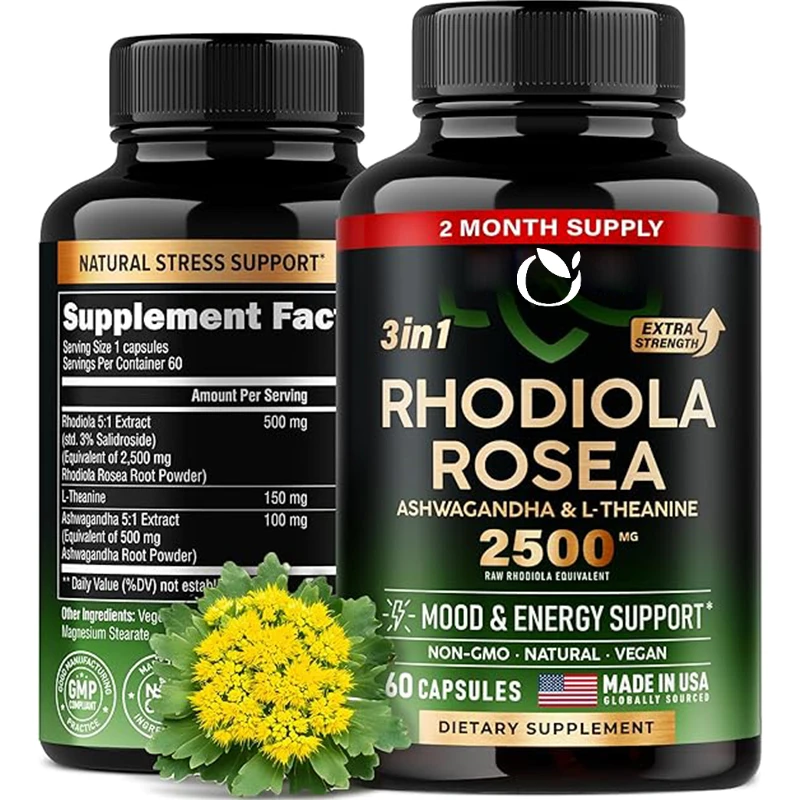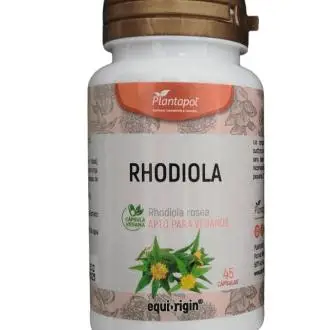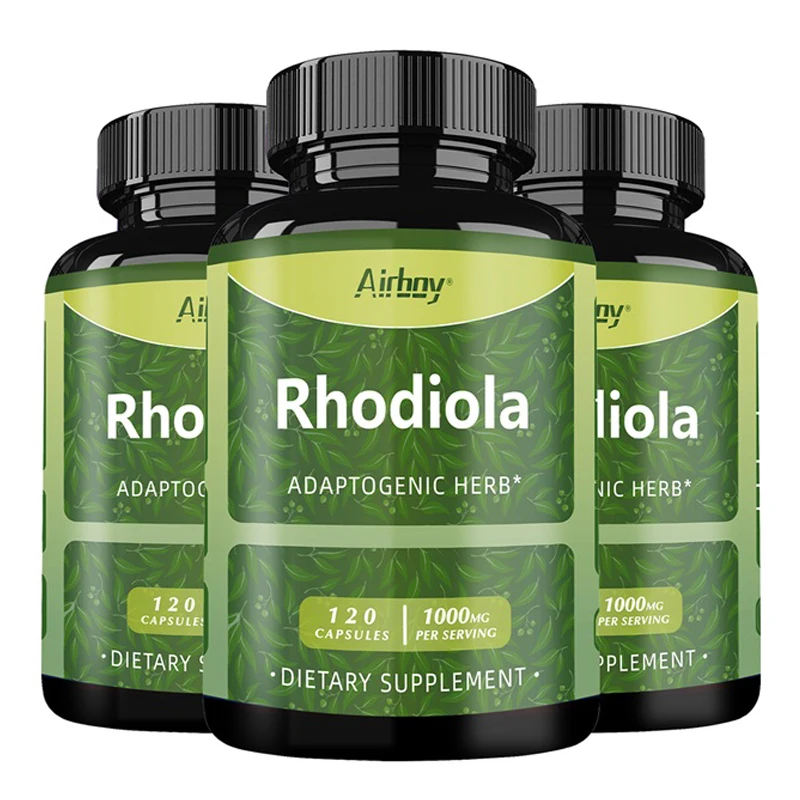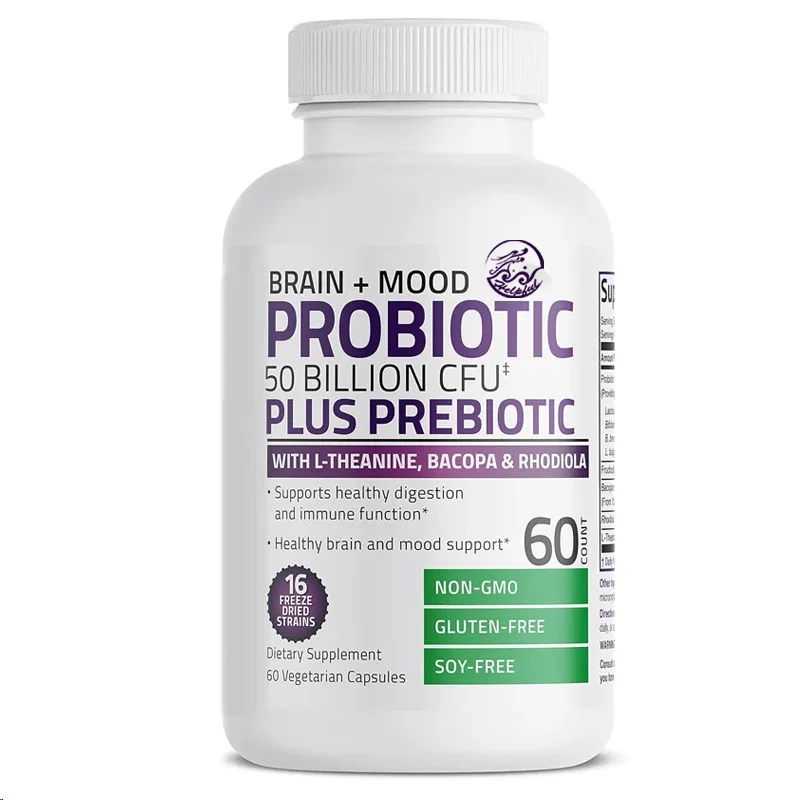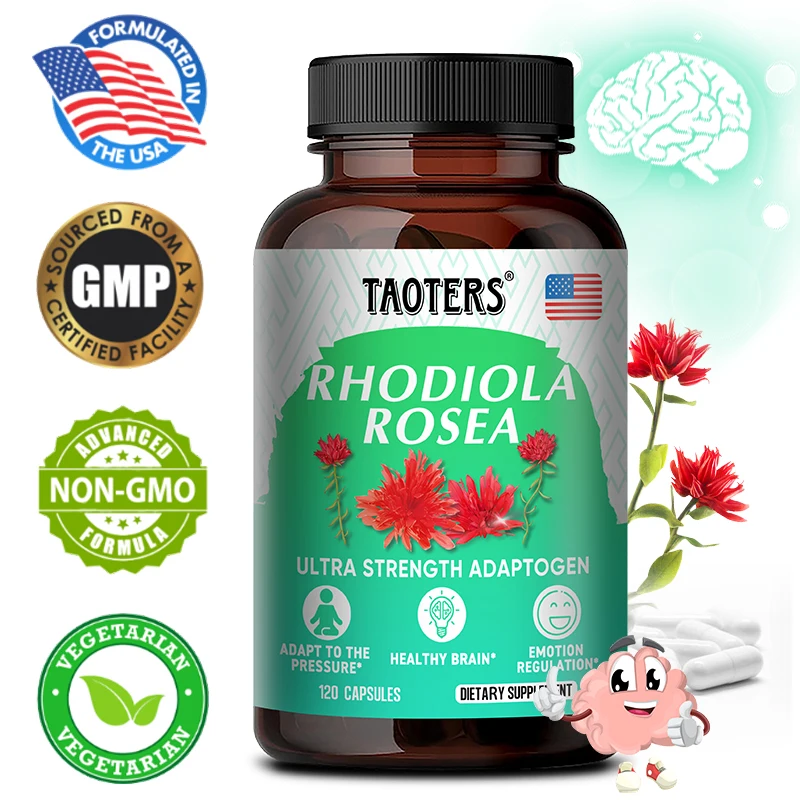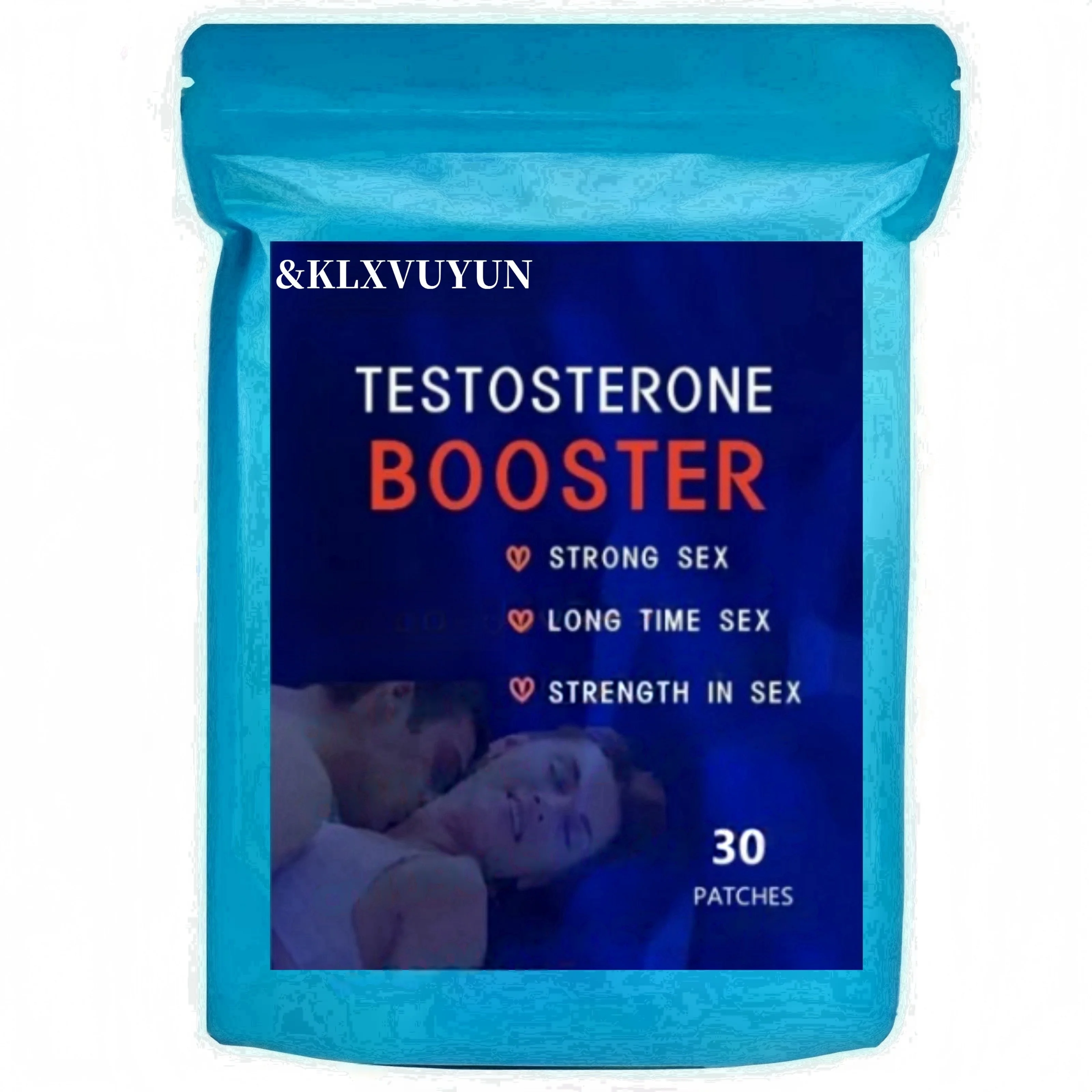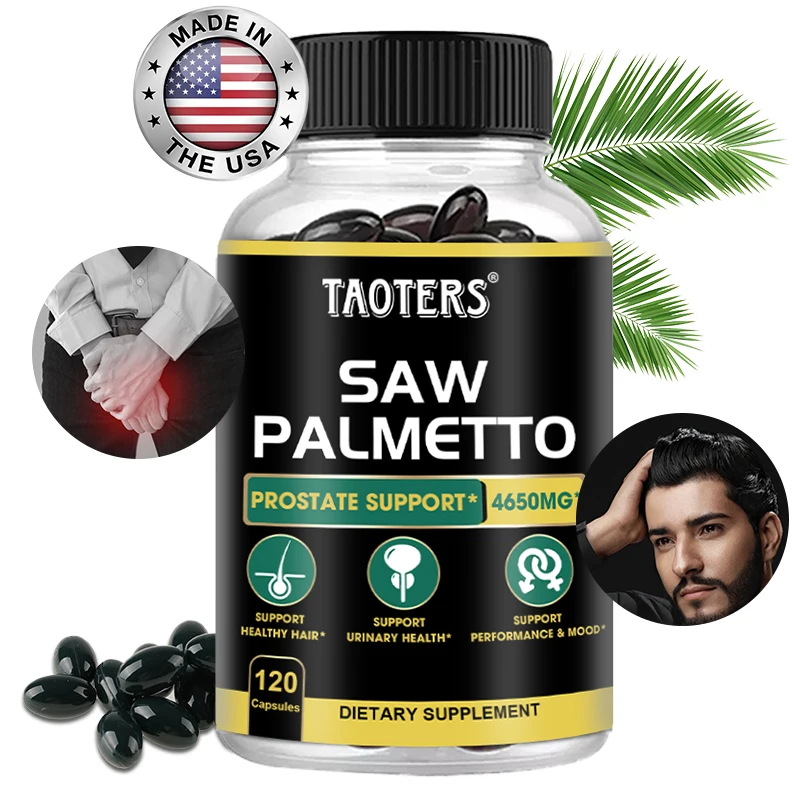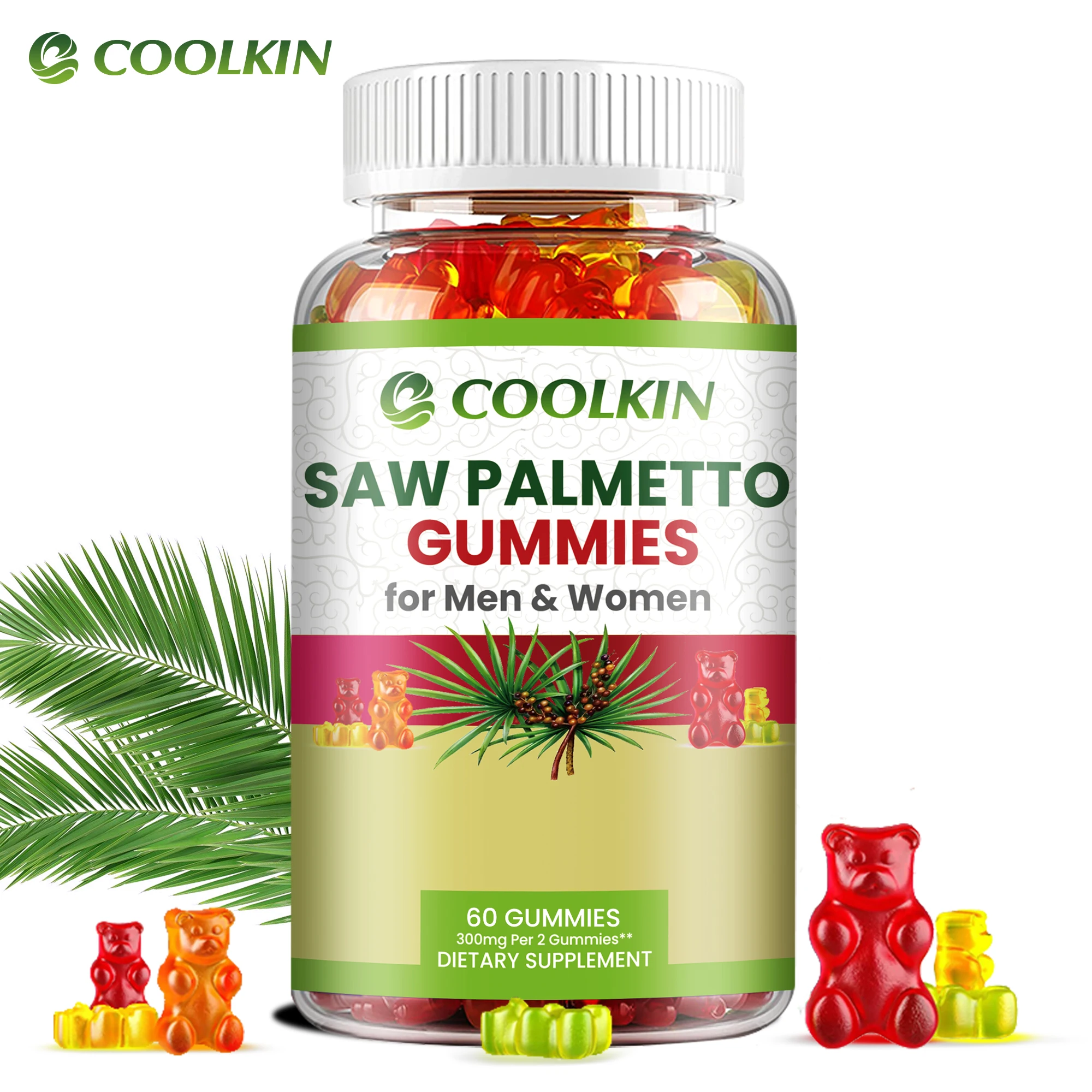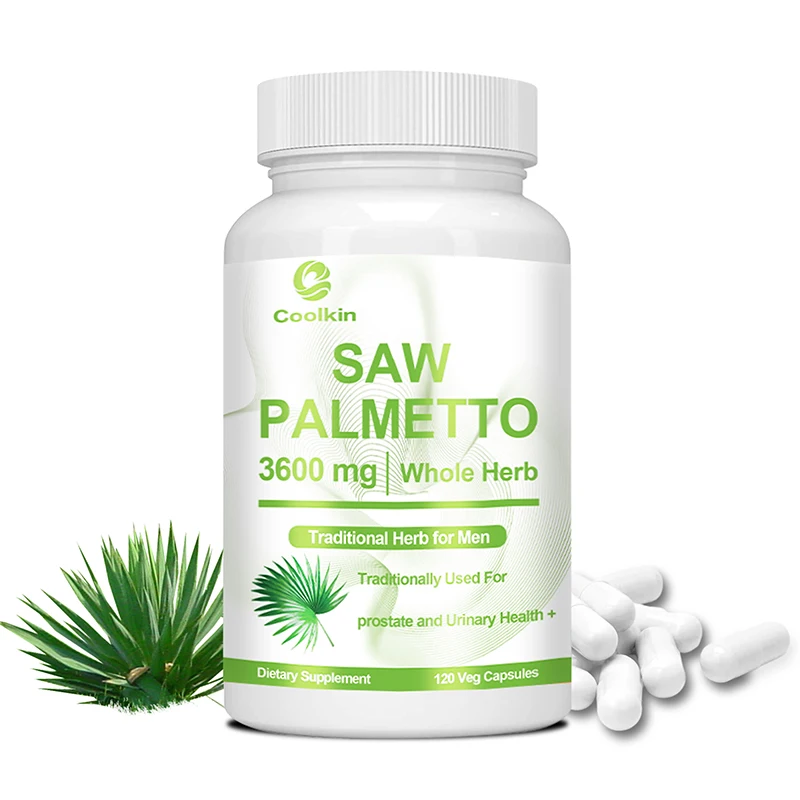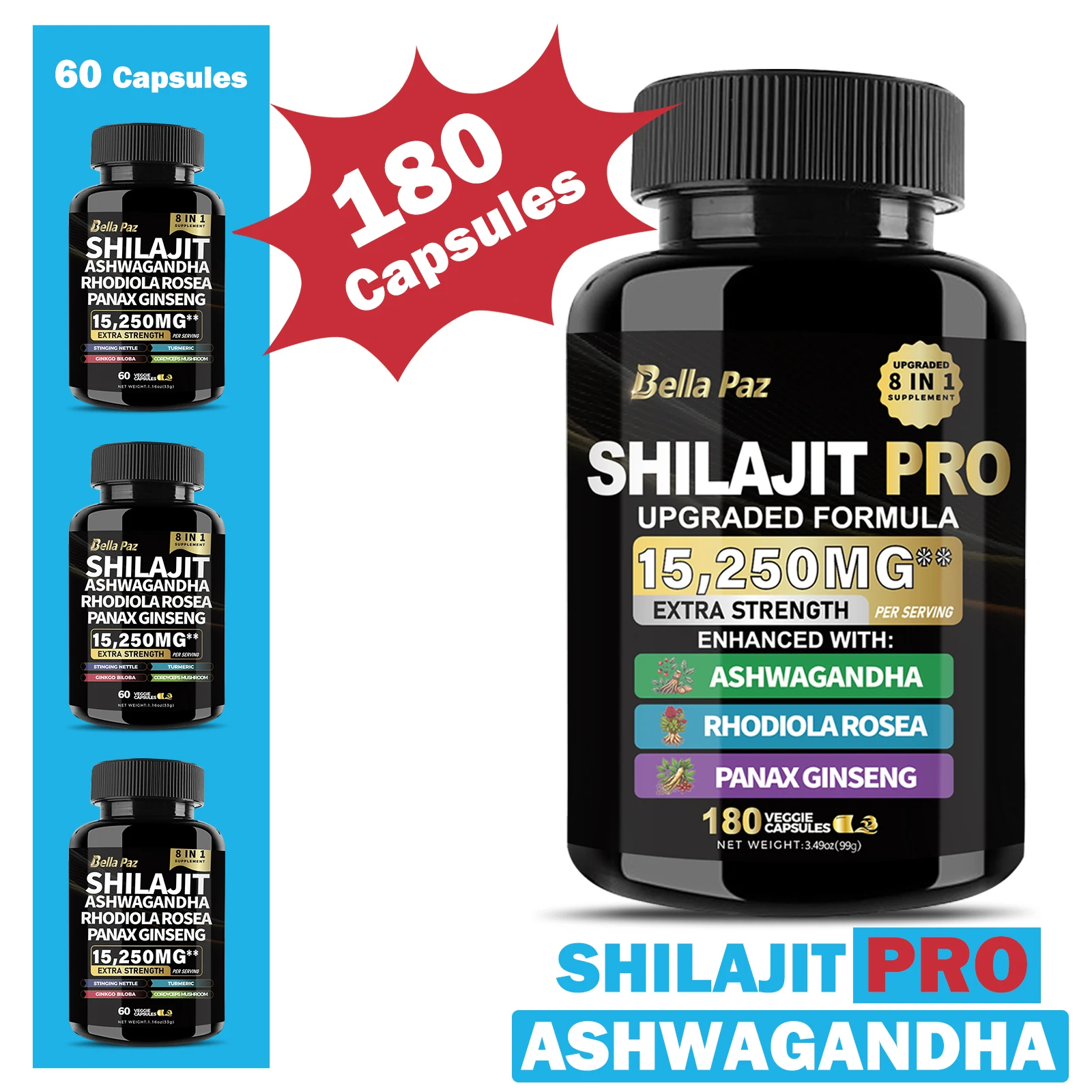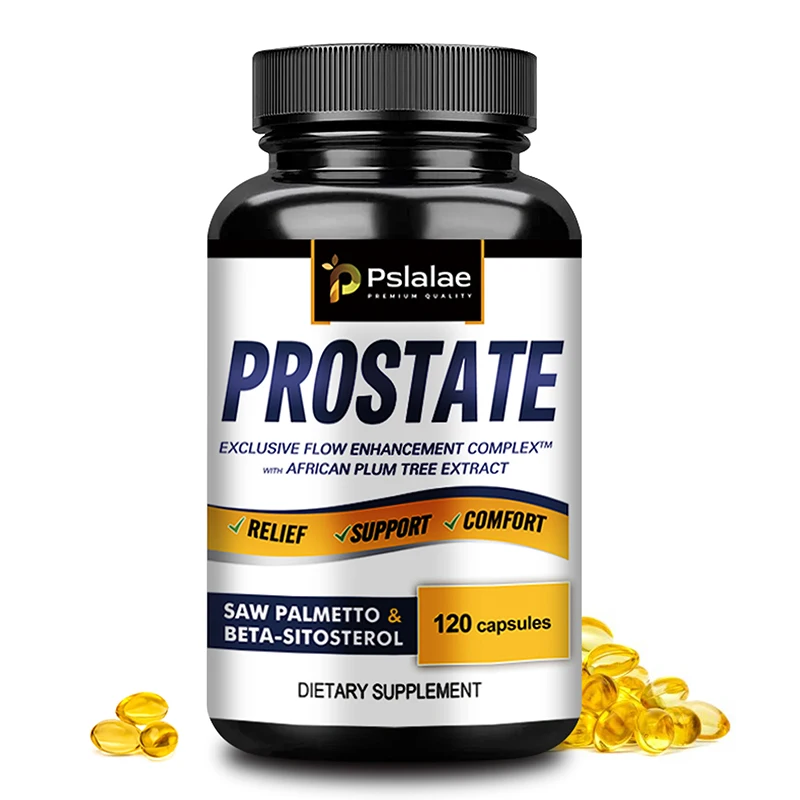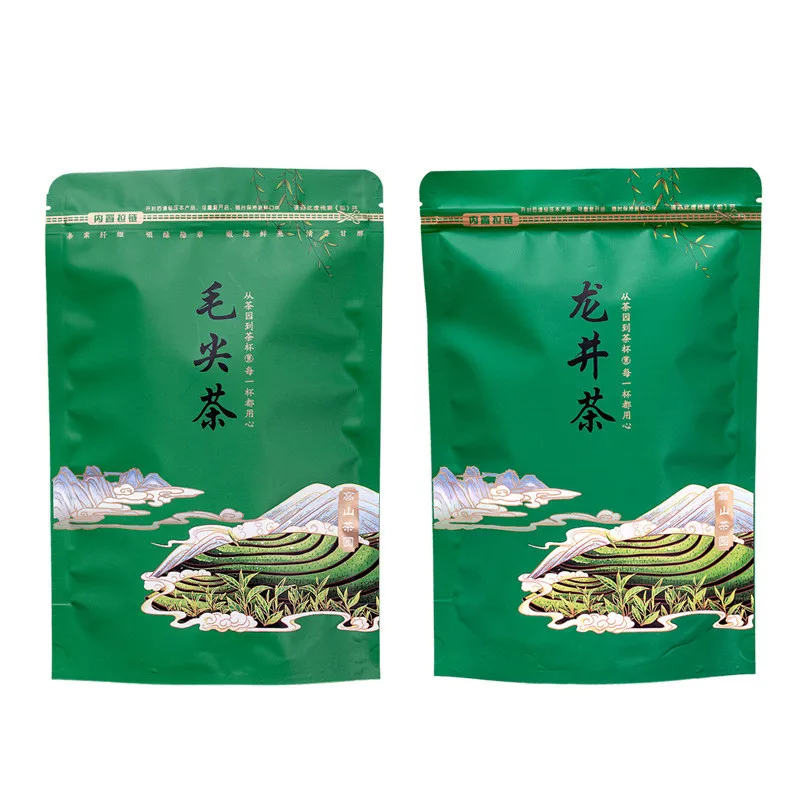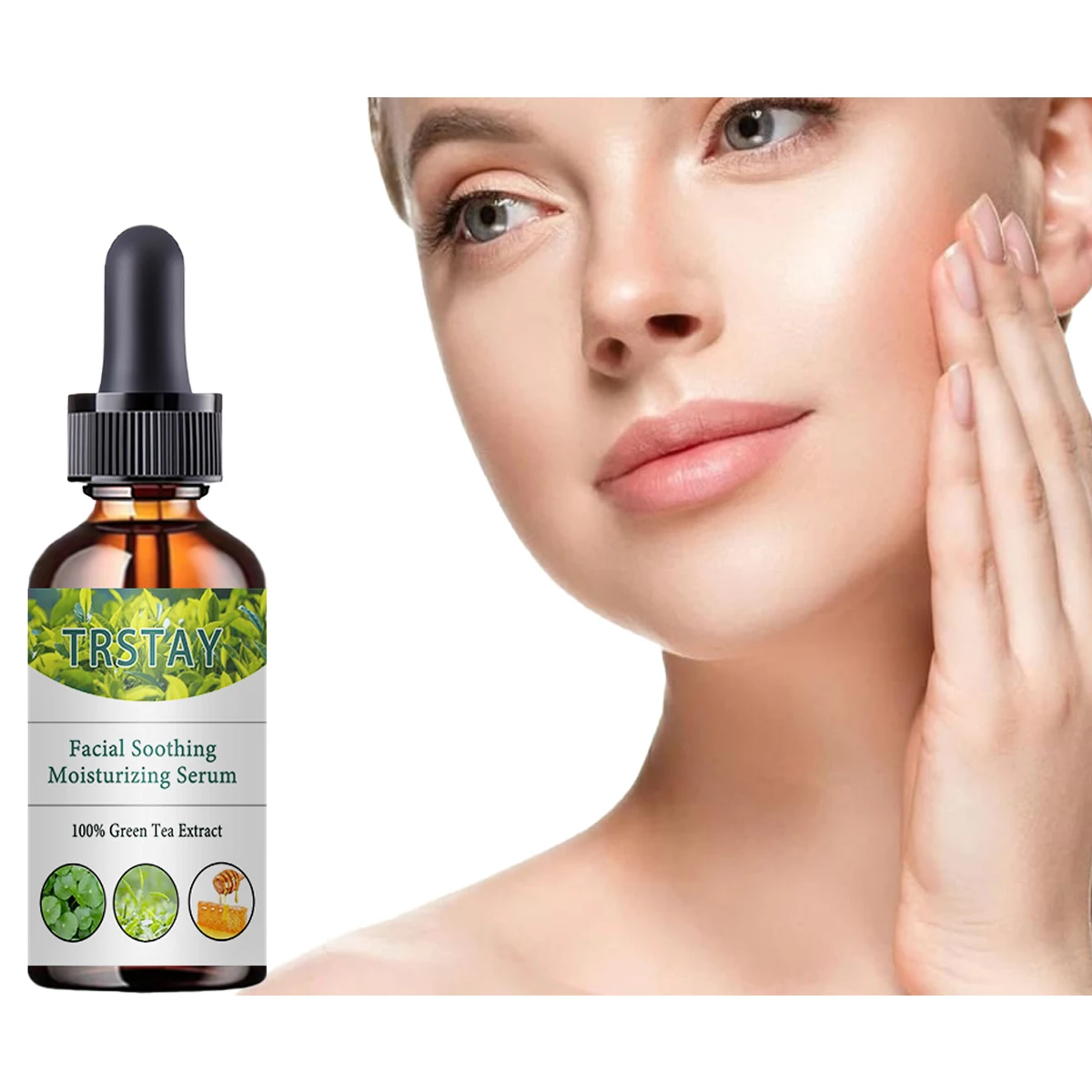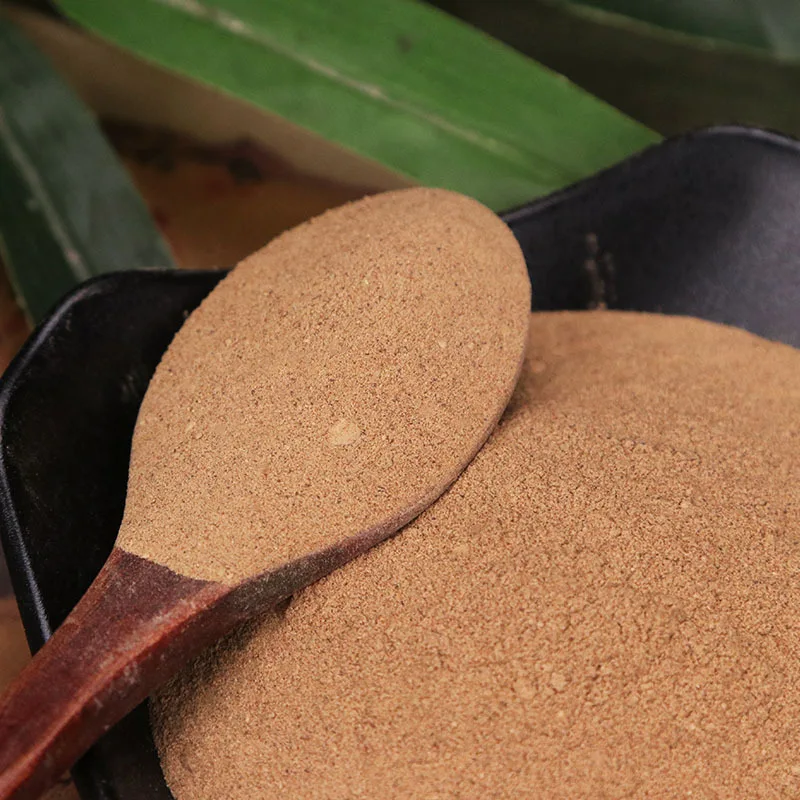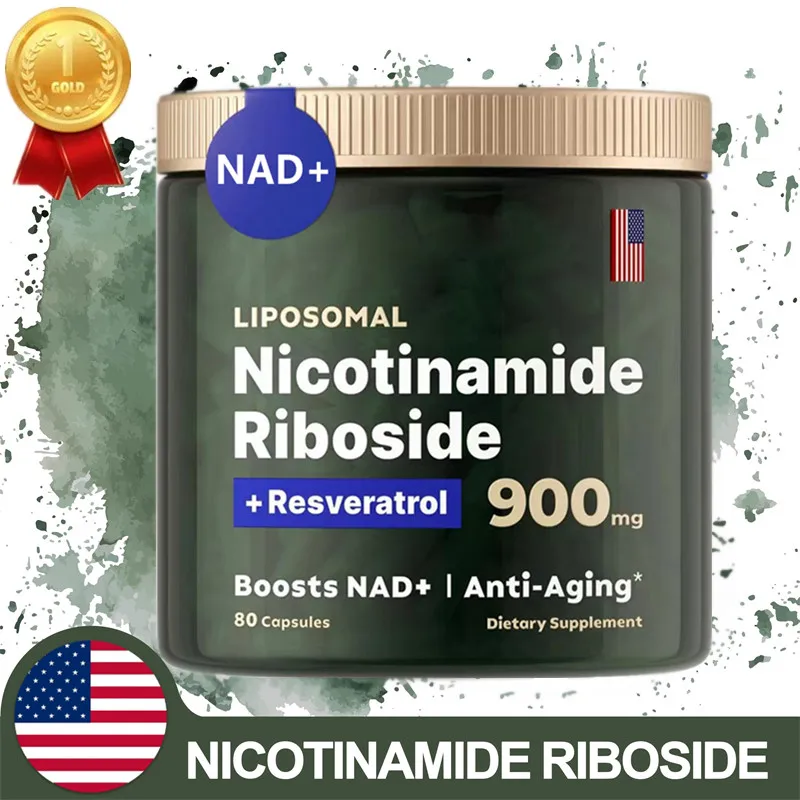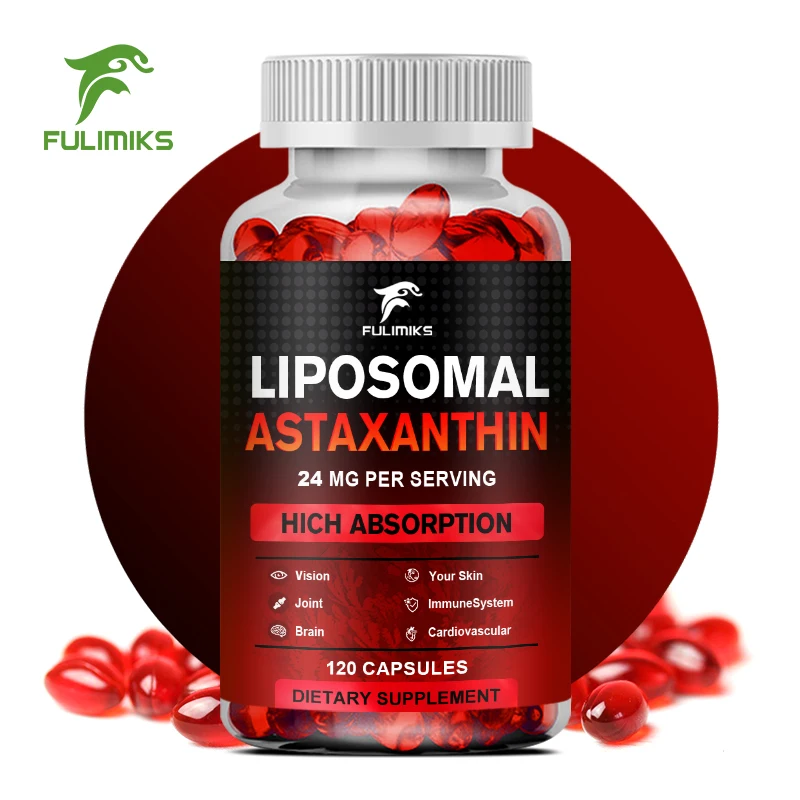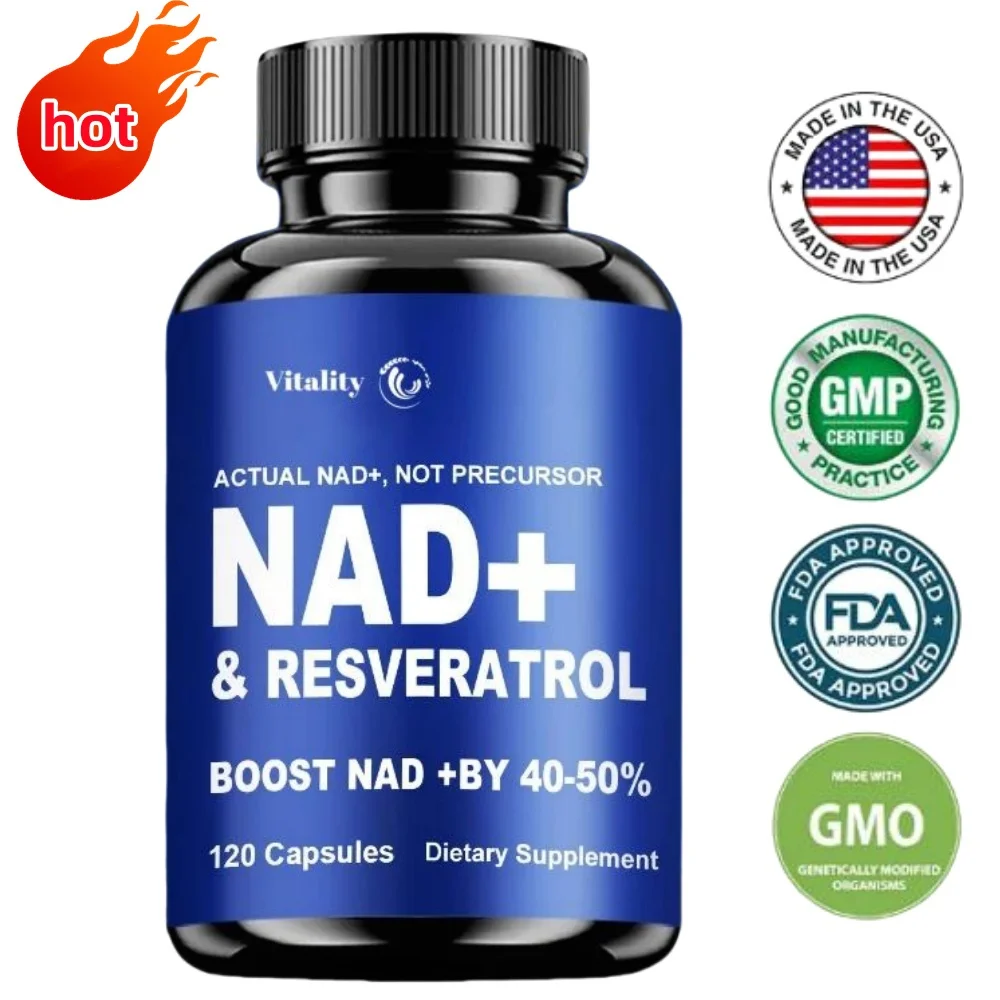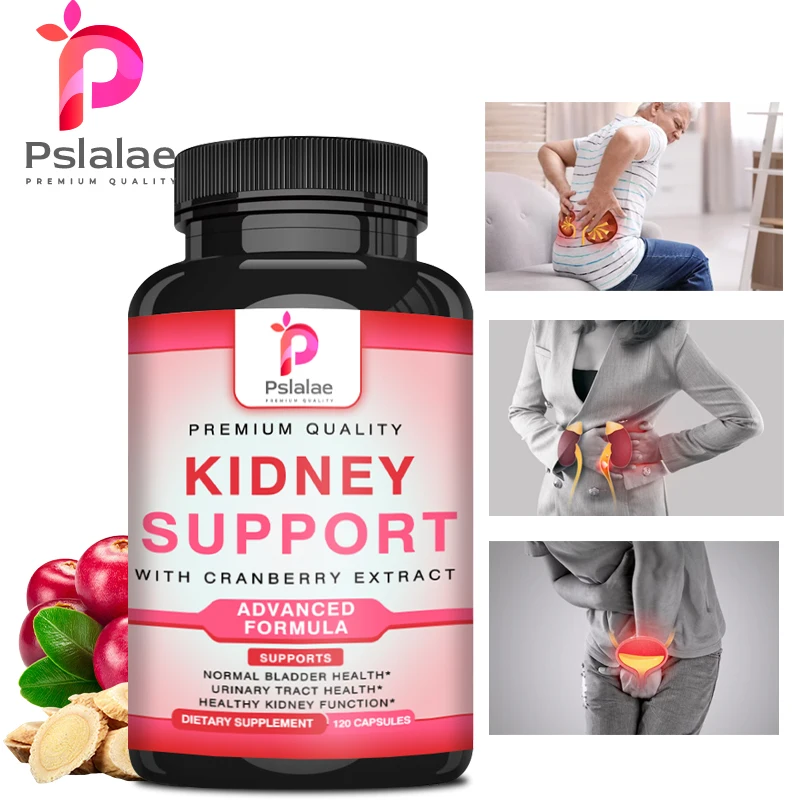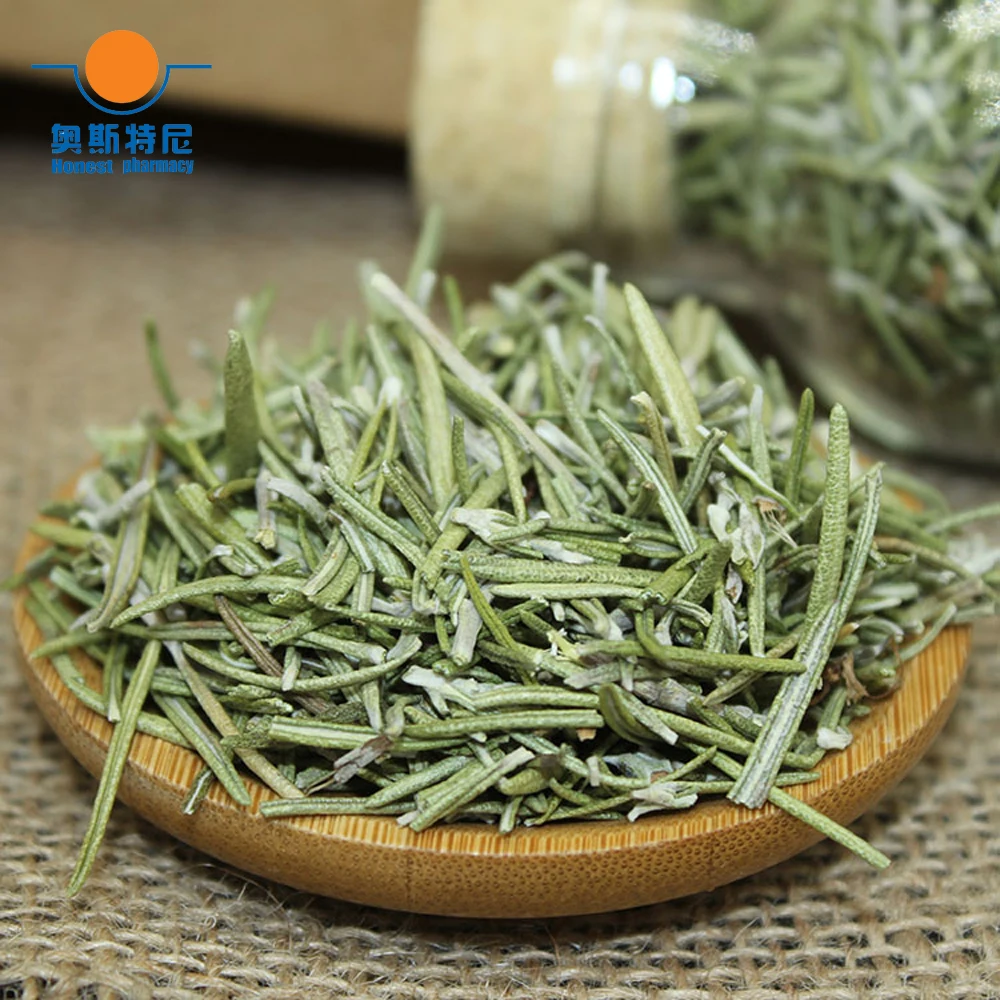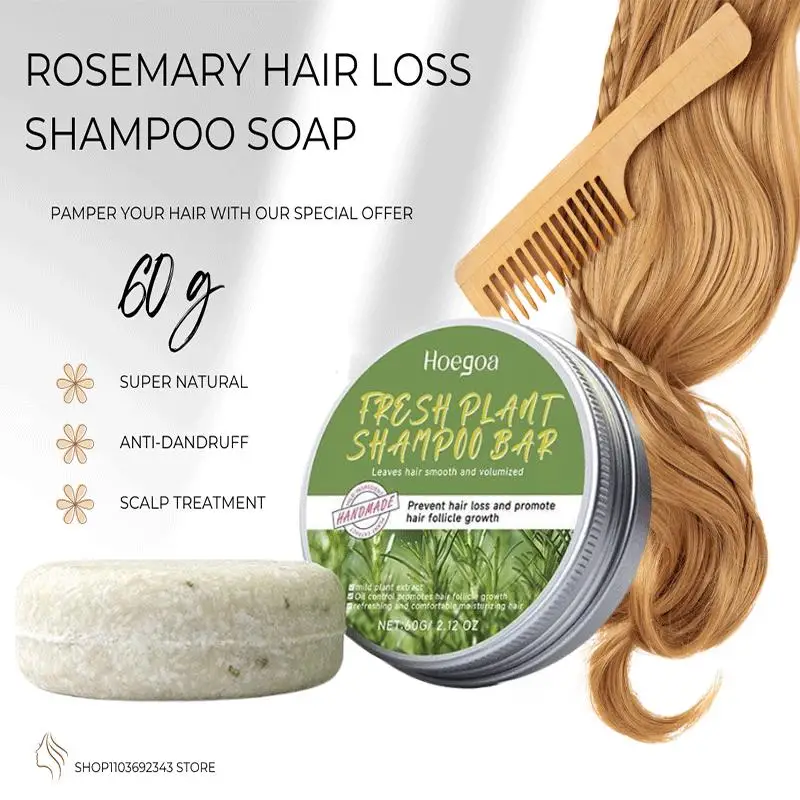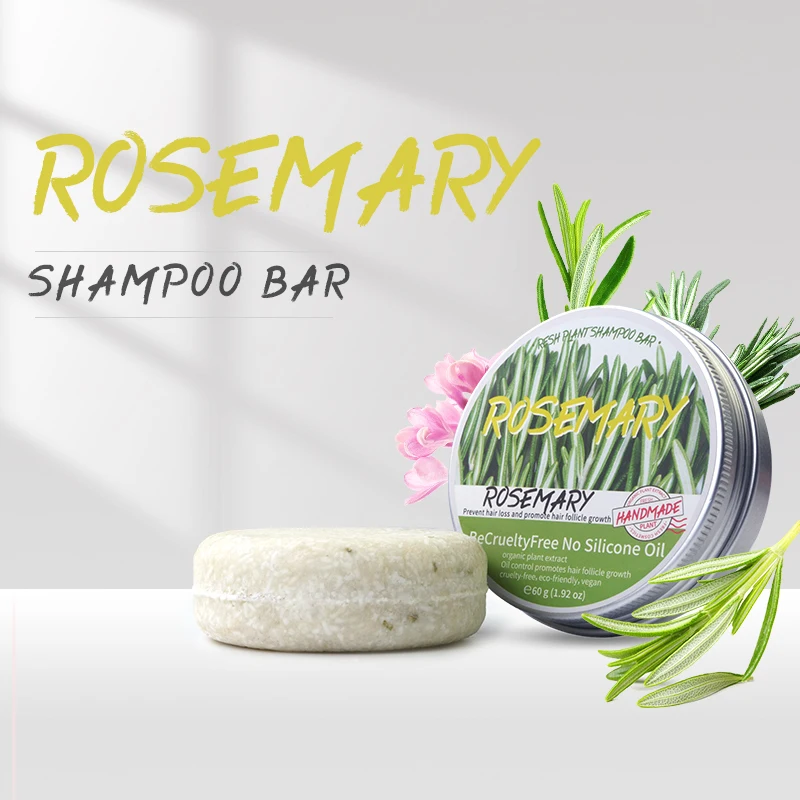Introduction
In the realm of natural remedies for digestive discomfort, arrowroot emerges as a time-honored solution with a rich history of use. Derived from the rhizomes of tropical plants, arrowroot has been celebrated for its myriad health benefits, particularly its ability to alleviate digestive problems. While modern medicine continues to uncover the wonders of this humble root, its traditional use in treating gastrointestinal issues dates back centuries.
Arrowroot, scientifically known as Maranta arundinacea, is a starchy root that has been utilized by indigenous cultures for generations. Originally native to the Caribbean islands, arrowroot is now cultivated in various tropical regions worldwide. This versatile root is prized not only for its culinary applications but also for its medicinal properties.
Arrowroot boasts a nutritional profile that contributes to its digestive benefits. Rich in nutrients such as potassium, iron, and B vitamins, arrowroot serves as a nourishing addition to the diet. However, its true power lies in its ability to soothe and support the digestive system.

How Arrowroot Aids Digestion
At the heart of arrowroot’s digestive prowess lies its remarkable ability to calm and alleviate gastrointestinal distress. Whether it’s soothing an upset stomach or easing the symptoms of diarrhea, arrowroot has been revered for its gentle yet effective approach to digestive health.
One of the key mechanisms through which arrowroot aids digestion is its ability to form a soothing gel-like substance when mixed with water. This gel coats the lining of the stomach and intestines, providing a protective barrier that helps alleviate irritation and inflammation. Additionally, arrowroot’s high starch content can help bulk up stools and regulate bowel movements, making it particularly beneficial for individuals struggling with diarrhea or loose stools.
Moreover, arrowroot’s neutral flavor and gentle nature make it suitable for individuals with sensitive stomachs or dietary restrictions. Unlike some other remedies that may cause further irritation or discomfort, arrowroot offers a gentle solution that is well-tolerated by most individuals.
In the following sections, we’ll delve deeper into the scientific basis for arrowroot’s digestive benefits, explore practical ways to incorporate it into your diet, and provide guidance on using arrowroot safely and effectively as a natural remedy for digestive woes. Join us as we embark on a journey to unlock the digestive benefits of arrowroot and discover its potential to transform your gut health.
Scientific Basis and Evidence
While arrowroot’s traditional use for digestive issues is well-documented, modern scientific research continues to shed light on its mechanisms and efficacy. Several studies have explored the potential of arrowroot in promoting digestive health and alleviating gastrointestinal symptoms.
Research suggests that arrowroot’s high starch content plays a significant role in its digestive benefits. The starches in arrowroot are easily digestible, making it a gentle yet effective source of energy for the body. Additionally, the gel-like substance formed by arrowroot when mixed with water has been shown to have protective properties that may help reduce inflammation and irritation in the digestive tract.
Furthermore, some studies indicate that arrowroot may have prebiotic effects, meaning it can promote the growth of beneficial bacteria in the gut. By nurturing a healthy balance of gut flora, arrowroot may contribute to improved digestion and overall gut function.
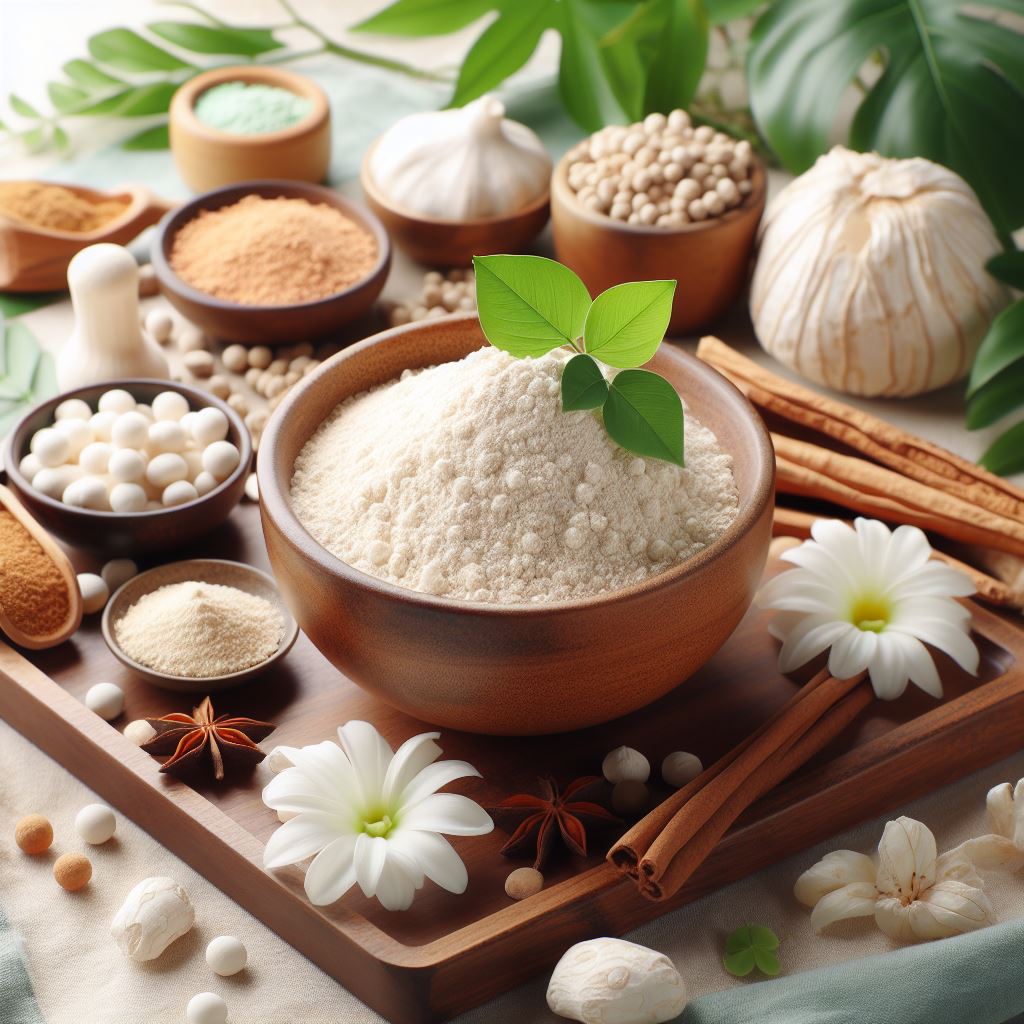
Practical Applications
Incorporating arrowroot into your diet can be a simple and delicious way to reap its digestive benefits. Here are some practical ways to use arrowroot:
- Thickening Agent: Arrowroot can be used as a natural thickening agent in soups, stews, sauces, and gravies. Simply mix arrowroot powder with a small amount of water to form a slurry, then add it to your dish and simmer until thickened.
- Baking: Arrowroot flour can be used as a gluten-free alternative to wheat flour in baking recipes. It lends a light, airy texture to baked goods and is particularly well-suited for cookies, cakes, and muffins.
- Smoothies: Add a spoonful of arrowroot powder to your favorite smoothie recipe for an extra boost of nutrition and digestive support. Arrowroot’s mild flavor won’t overpower the taste of your smoothie, making it a versatile addition to any blend.
- Porridge: Arrowroot can be cooked into a creamy porridge by simmering it with milk or water until thickened. Season with cinnamon, nutmeg, or your favorite spices for a comforting and nutritious breakfast option.
Arrowroot vs. Other Remedies
While there are many natural remedies available for digestive problems, arrowroot offers several unique advantages. Unlike some remedies that may be harsh or abrasive on the stomach, arrowroot is gentle and well-tolerated by most individuals, making it suitable for those with sensitive stomachs or dietary restrictions.
Moreover, arrowroot’s versatility and neutral flavor make it easy to incorporate into a wide range of recipes, from savory to sweet. Whether you’re thickening a sauce, baking a batch of cookies, or blending up a smoothie, arrowroot provides a convenient and effective way to support digestive health.
Precautions and Considerations
While arrowroot is generally considered safe for most individuals, there are certain precautions and considerations to keep in mind when using it as a digestive remedy:
- Allergies: Individuals with allergies to other tubers or starchy roots, such as tapioca or potatoes, may also be allergic to arrowroot. If you have a known allergy to these foods, it’s important to exercise caution when using arrowroot and consult with a healthcare professional before incorporating it into your diet.
- Quality and Purity: When purchasing arrowroot products, it’s important to choose high-quality, organic options whenever possible to ensure purity and avoid potential contaminants. Look for products that are labeled as pure arrowroot powder or flour, with no added fillers or preservatives.
- Dosage: While arrowroot is generally safe to consume in moderate amounts, excessive intake may lead to digestive discomfort or bloating. It’s recommended to start with small amounts and gradually increase as tolerated, especially if you’re new to using arrowroot.
- Consultation with Healthcare Professional: If you have underlying health conditions or are taking medications, it’s advisable to consult with a healthcare professional before using arrowroot as a digestive remedy. They can provide personalized guidance based on your individual health status and help ensure that arrowroot is safe and appropriate for you.
- Infant Use: While arrowroot has historically been used as a weaning food for infants due to its easy digestibility, it’s important to exercise caution when introducing arrowroot to infants, especially those under six months of age. Consult with a pediatrician before incorporating arrowroot into your baby’s diet.
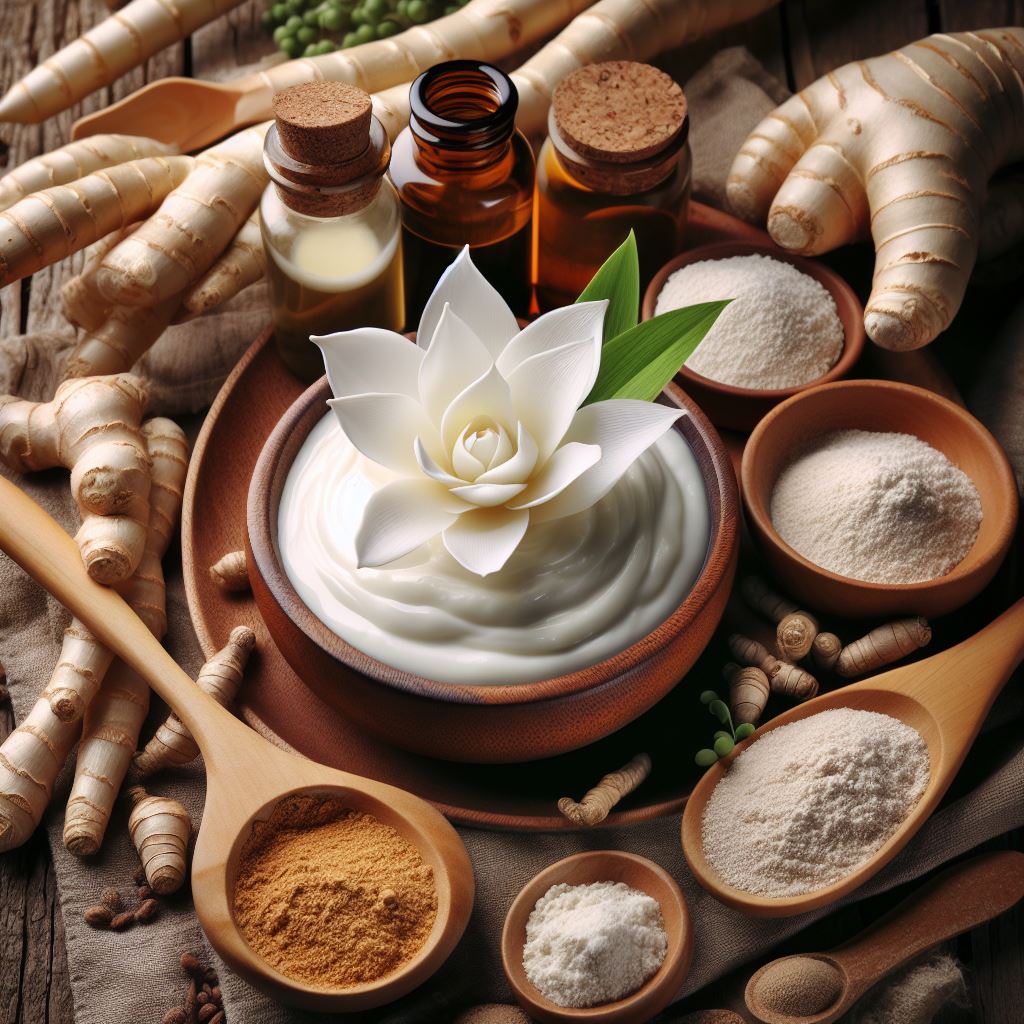
Conclusion
In conclusion, arrowroot stands as a versatile and effective natural remedy for digestive problems. From its soothing properties to its prebiotic effects, arrowroot offers a gentle yet powerful solution for alleviating gastrointestinal discomfort and promoting overall gut health.
Whether you choose to use arrowroot as a thickening agent in cooking, a gluten-free alternative in baking, or a nutritional supplement in smoothies, its neutral flavor and gentle nature make it a valuable addition to any digestive health regimen.
By understanding the science behind arrowroot’s digestive benefits, exploring practical ways to incorporate it into your diet, and following important precautions and considerations, you can harness the power of this humble root to support your digestive wellness journey.
Join us as we continue to delve deeper into the world of natural remedies and explore how arrowroot and other botanicals can help us achieve optimal health and vitality. Together, let’s embrace the healing power of nature and nourish our bodies from the inside out.

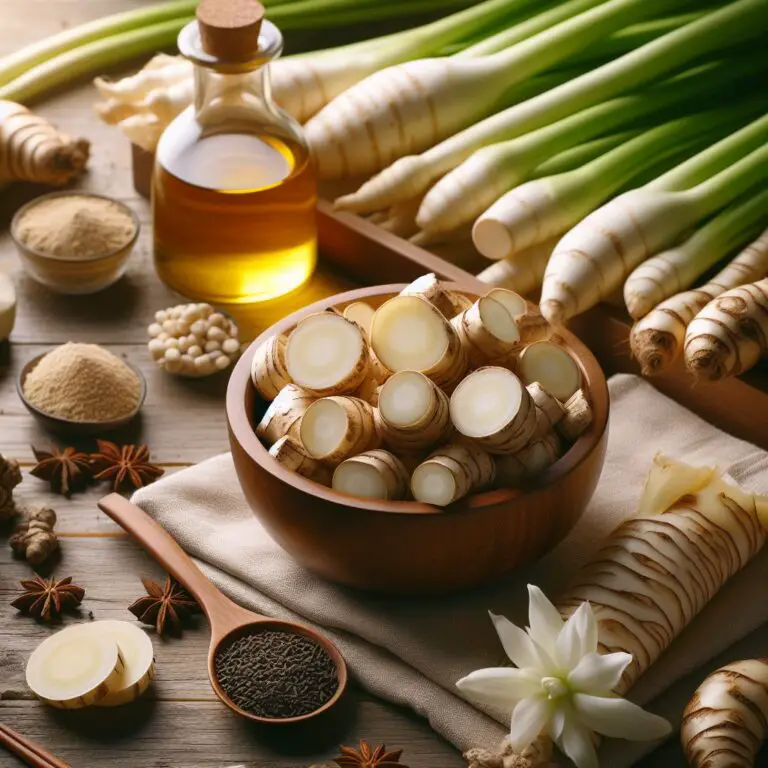




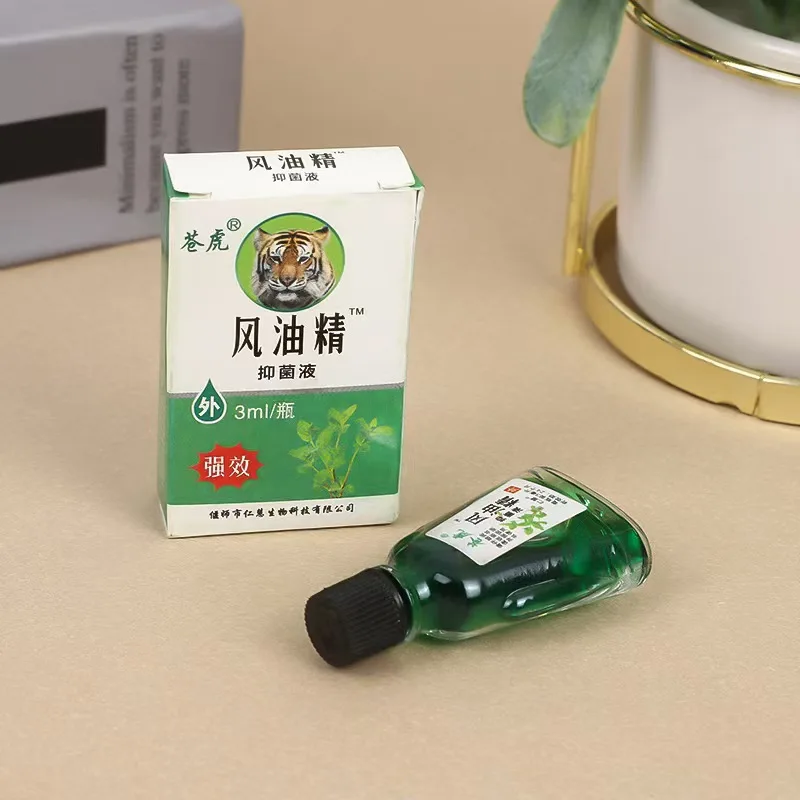


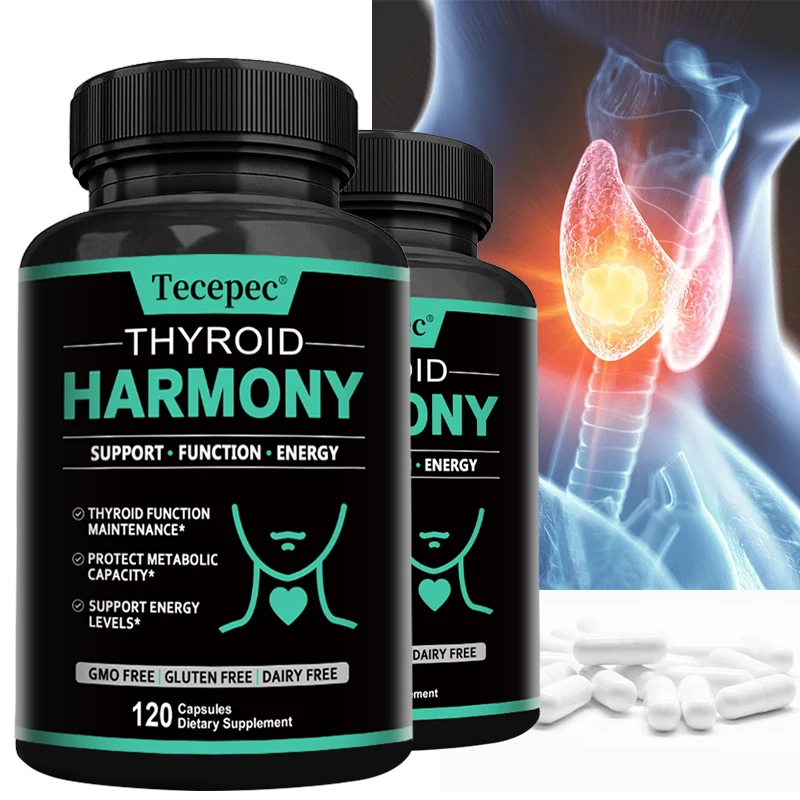
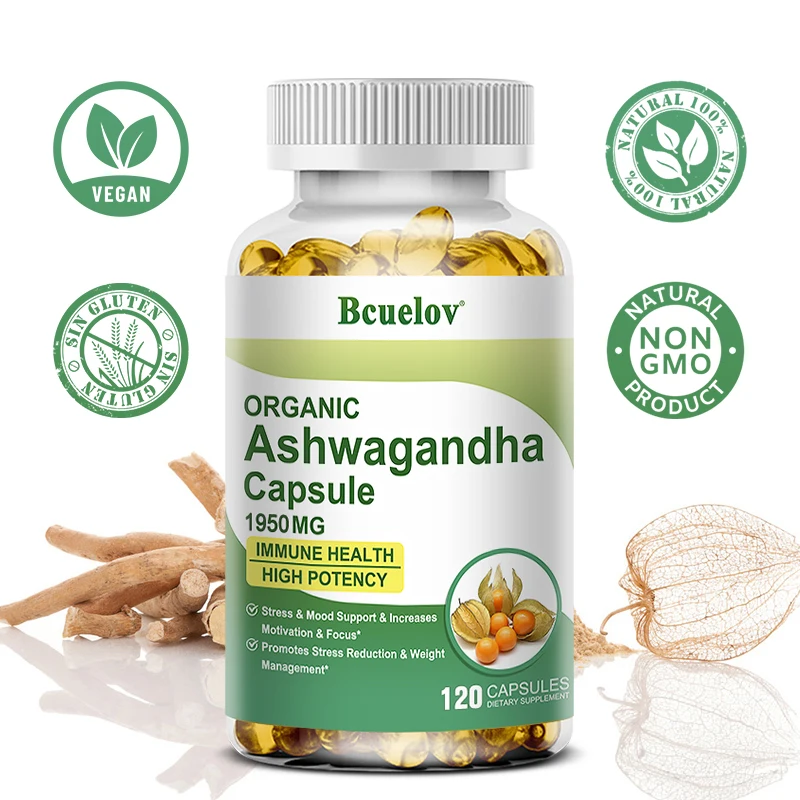

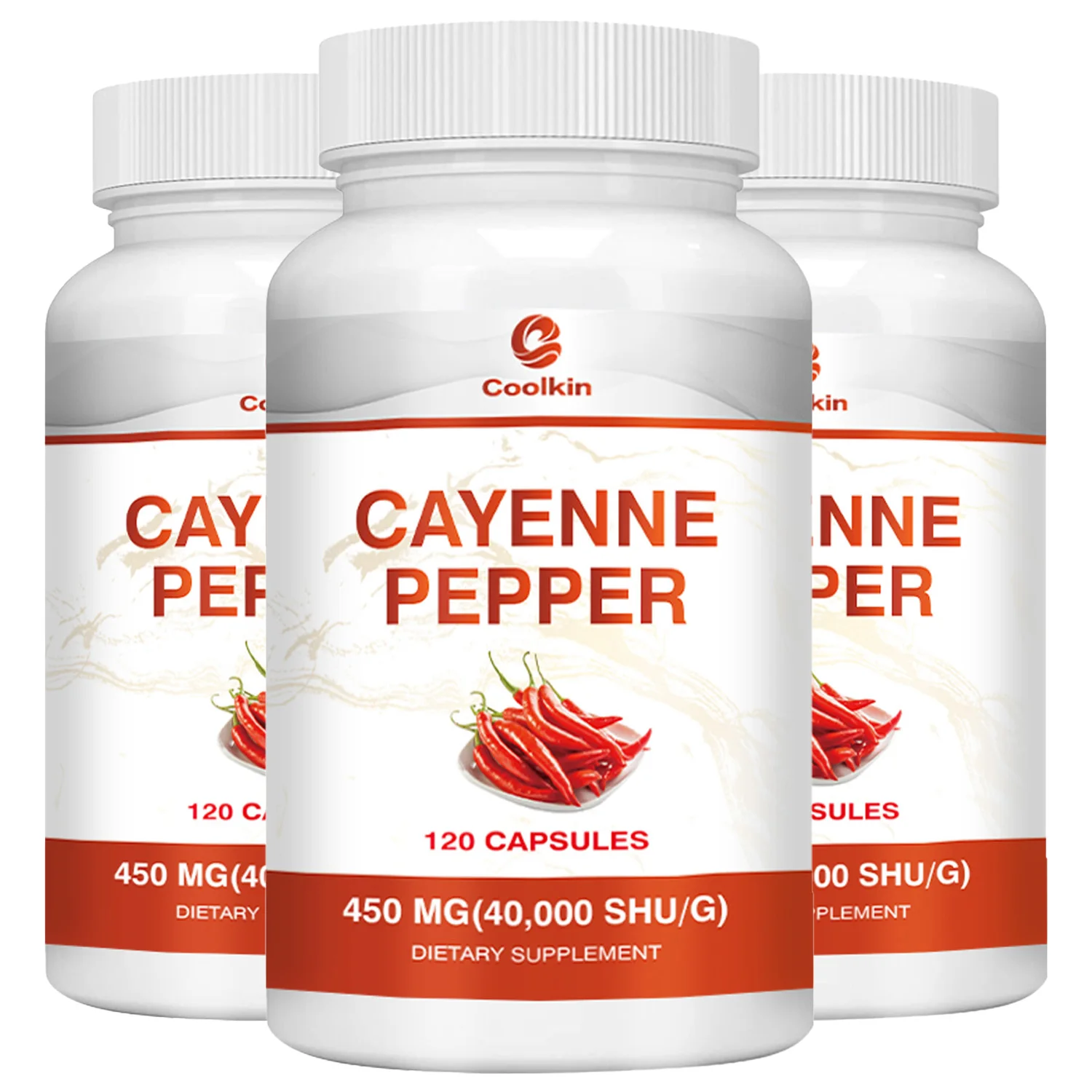
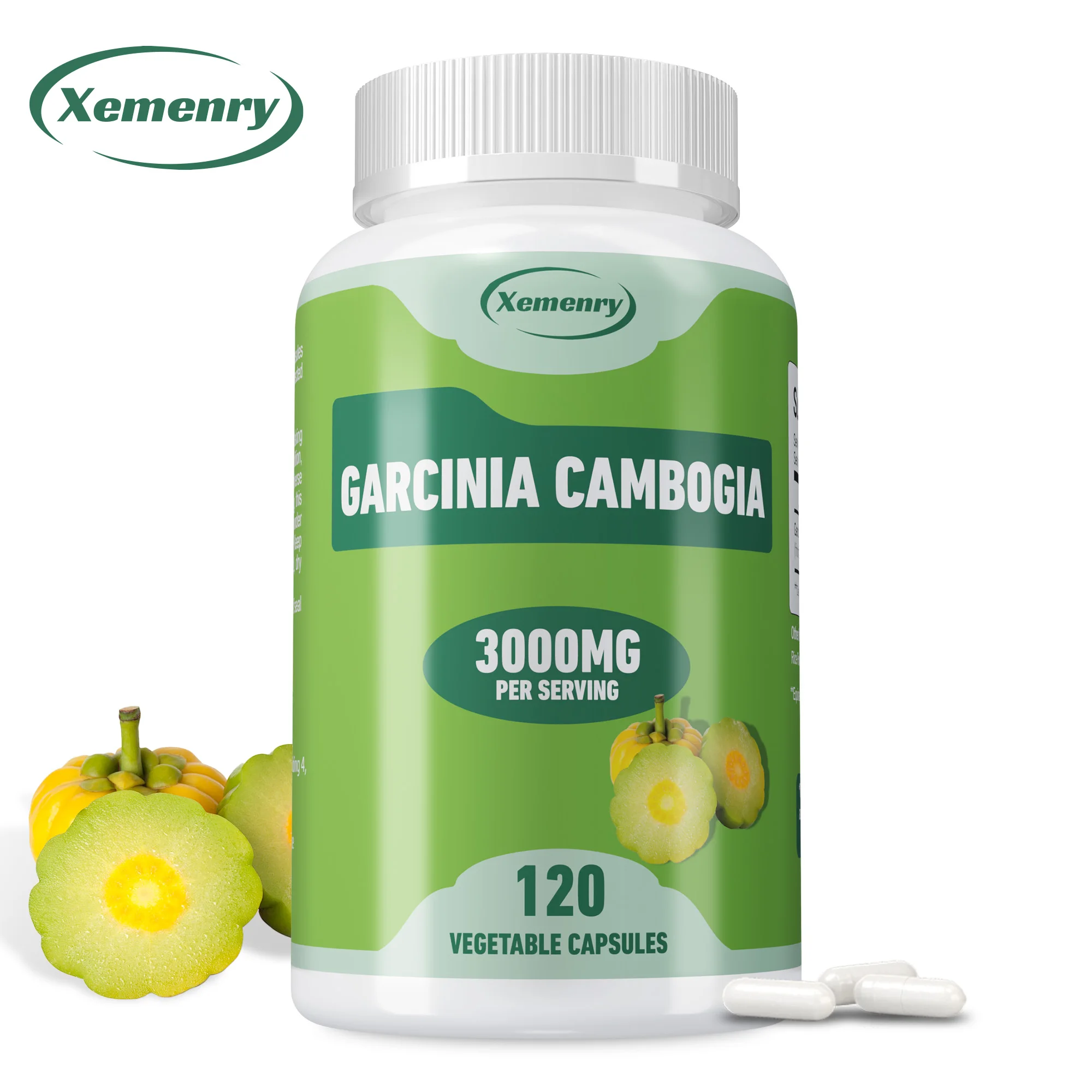

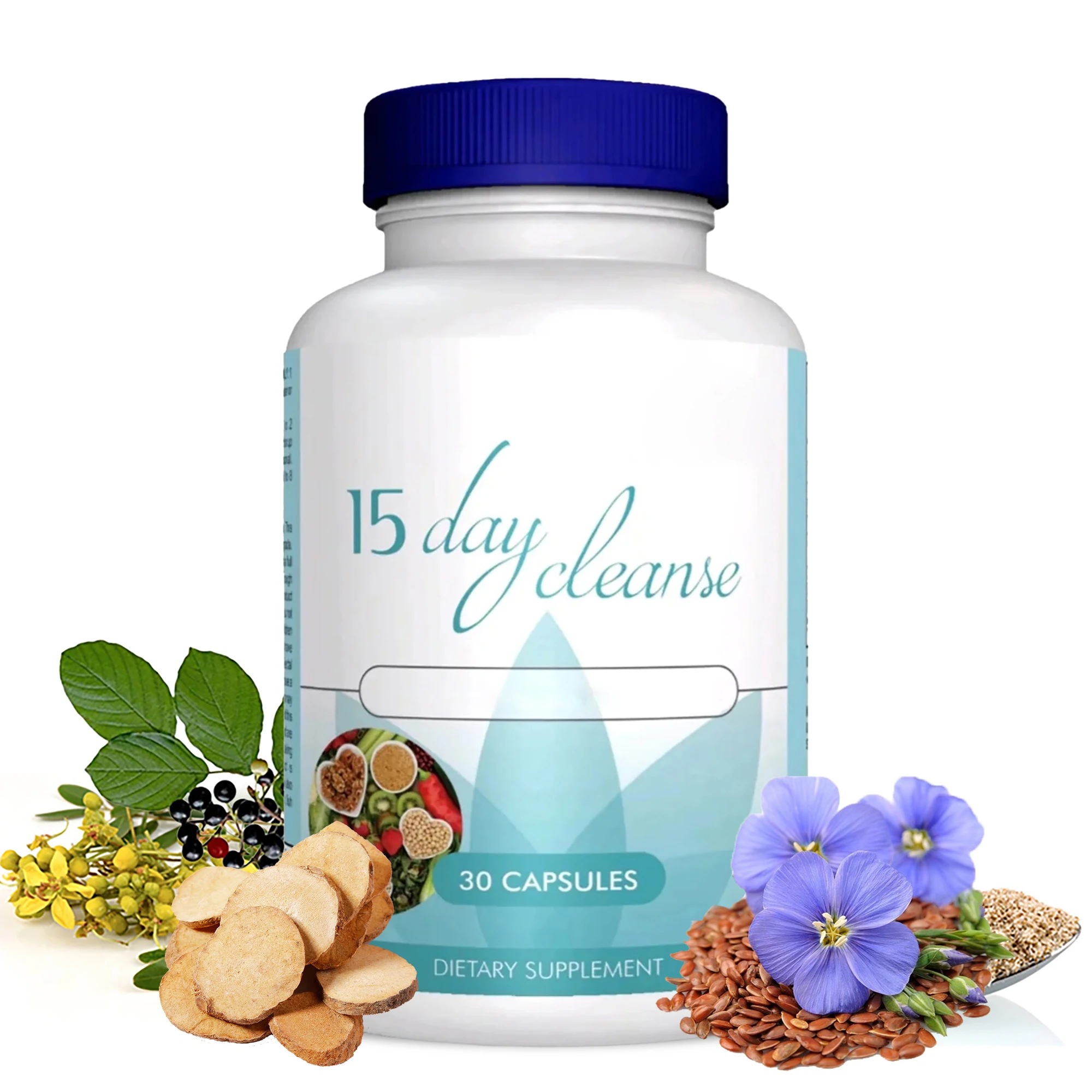





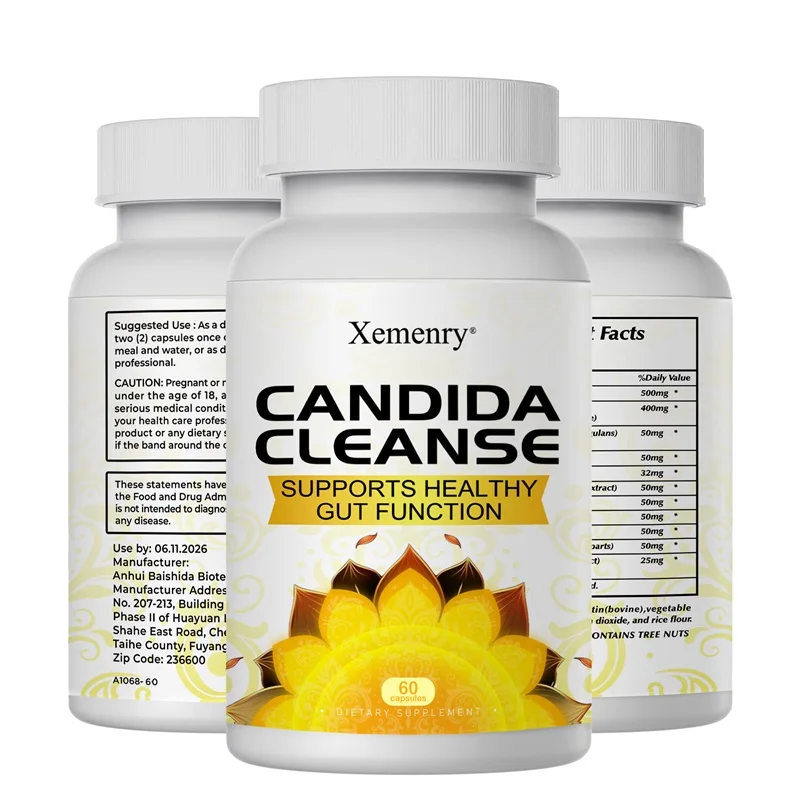
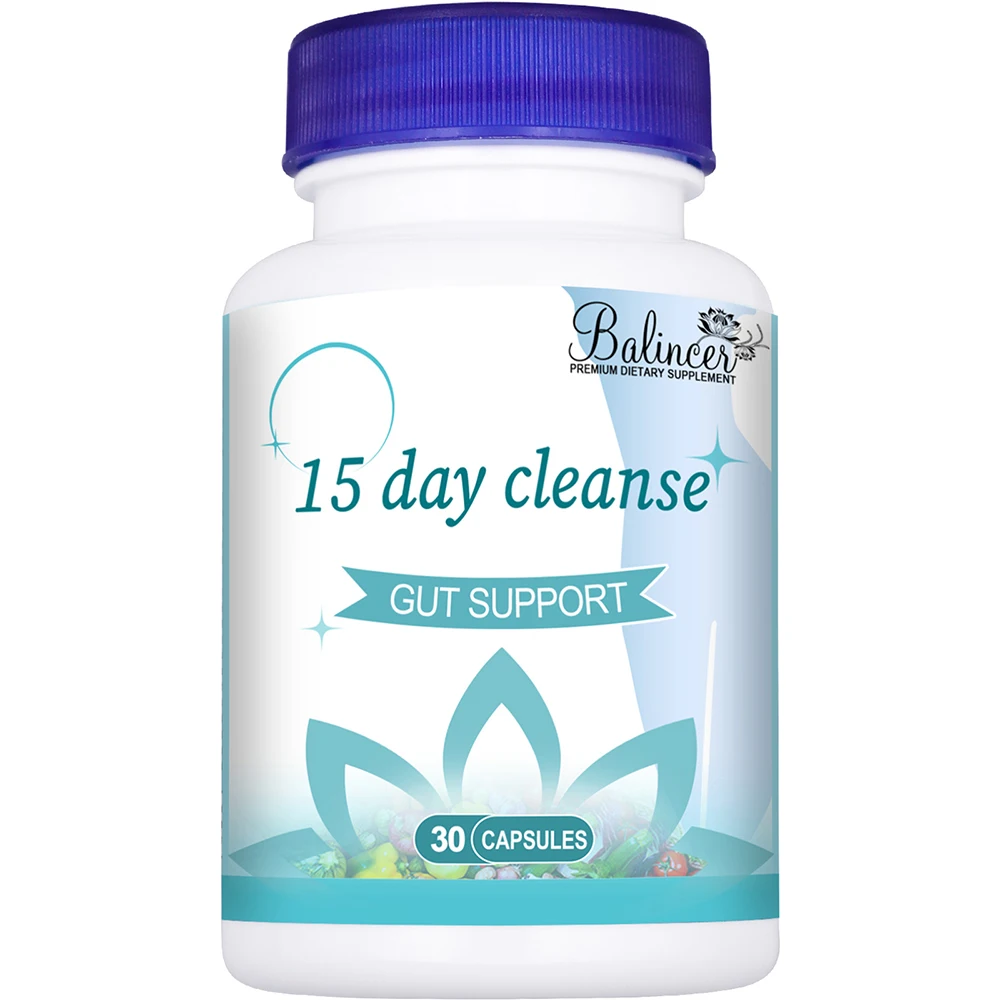
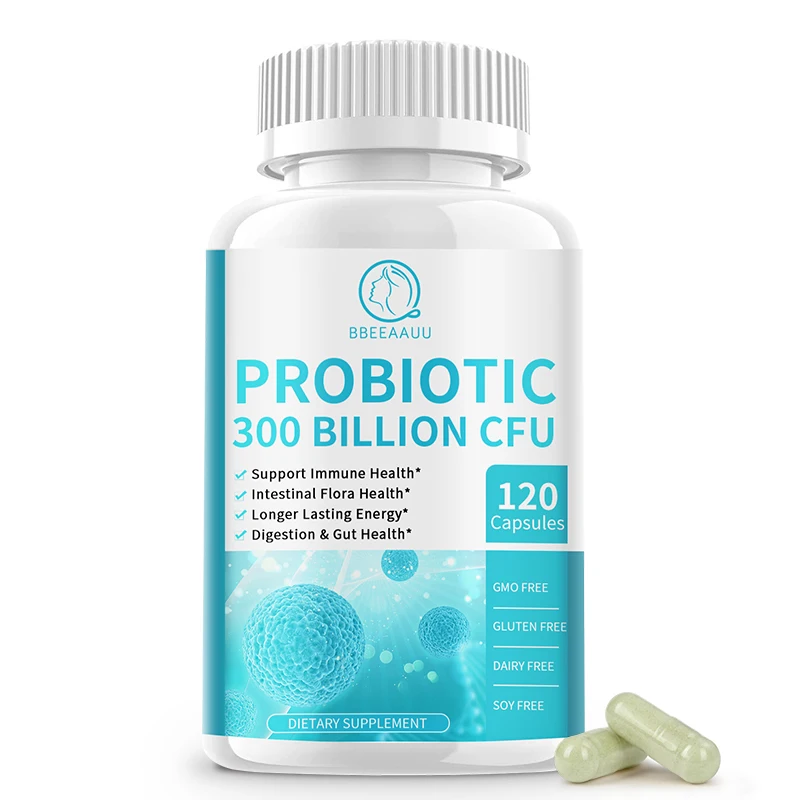
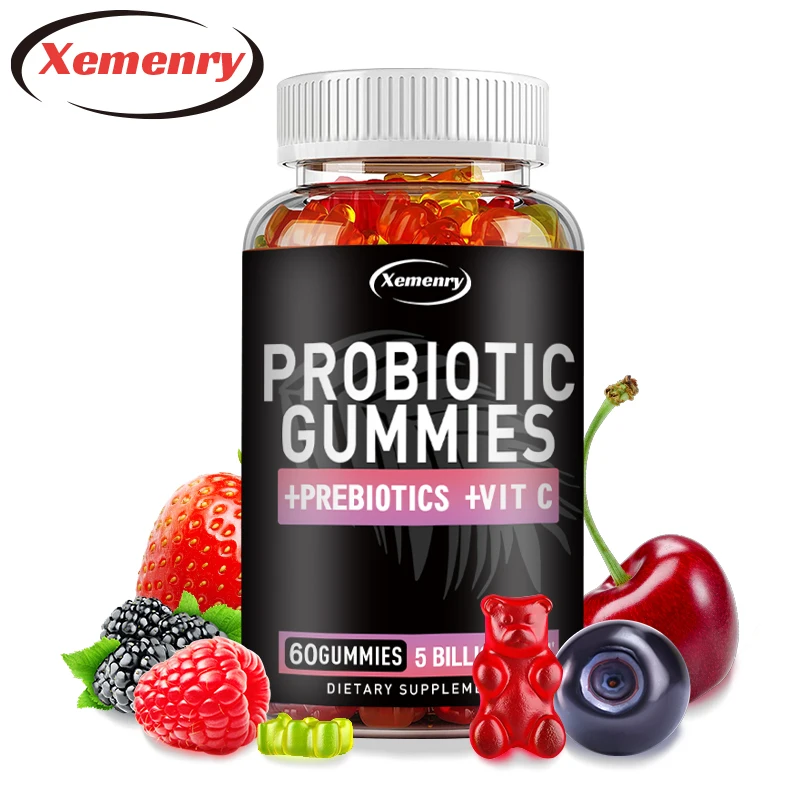
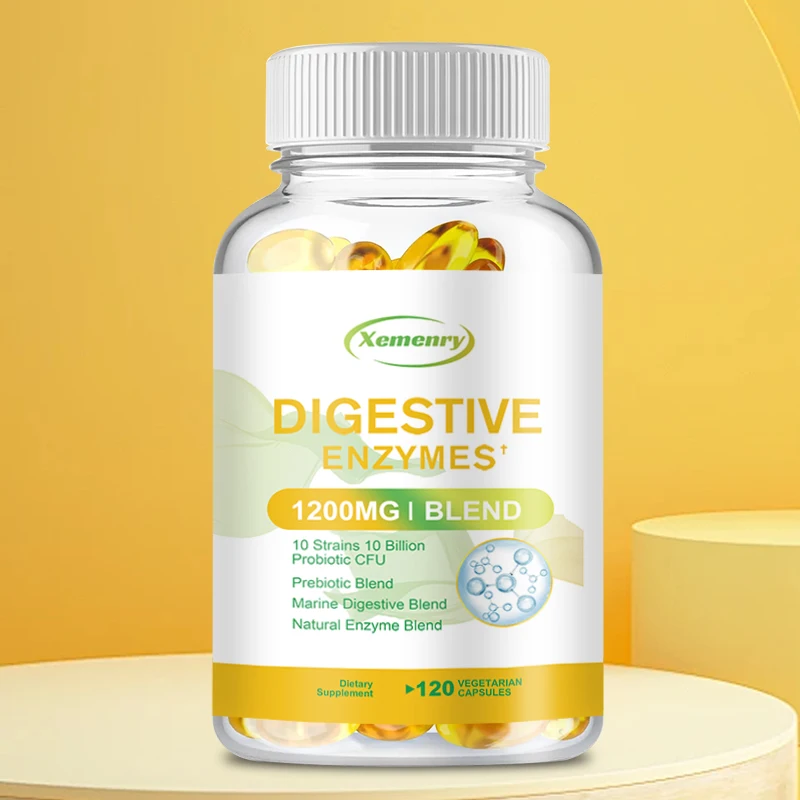
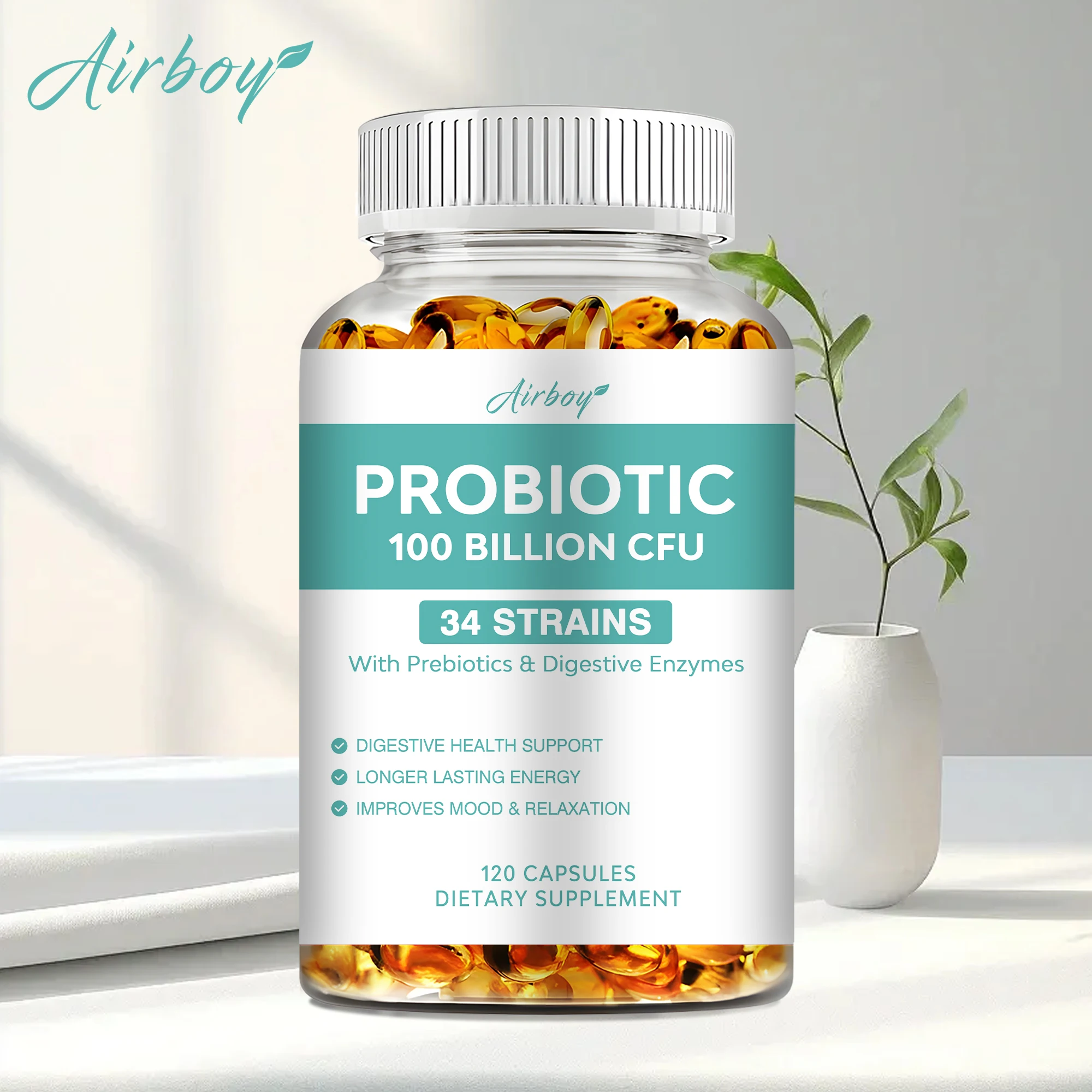
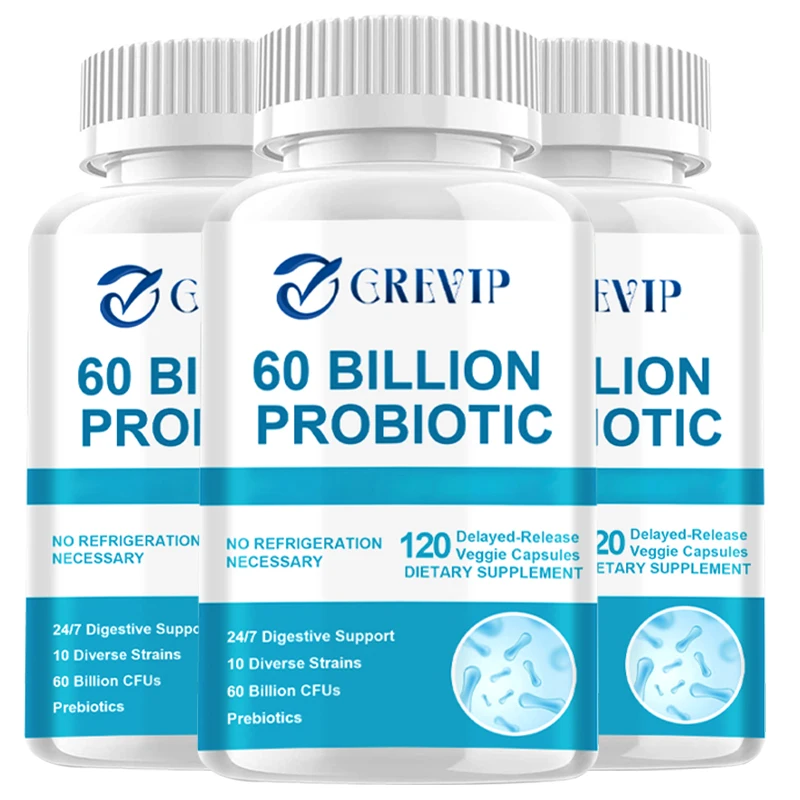



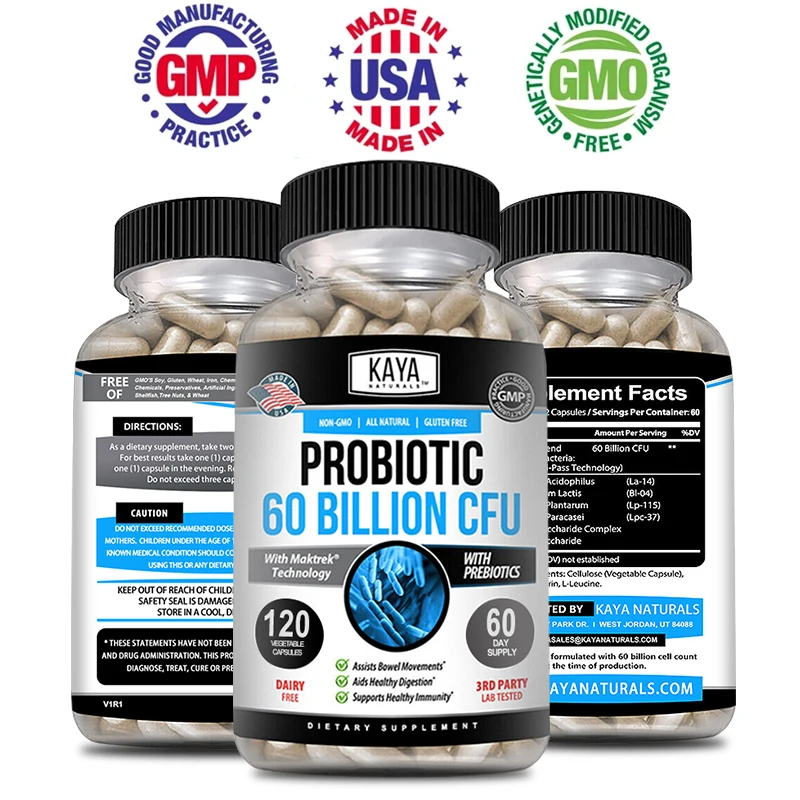

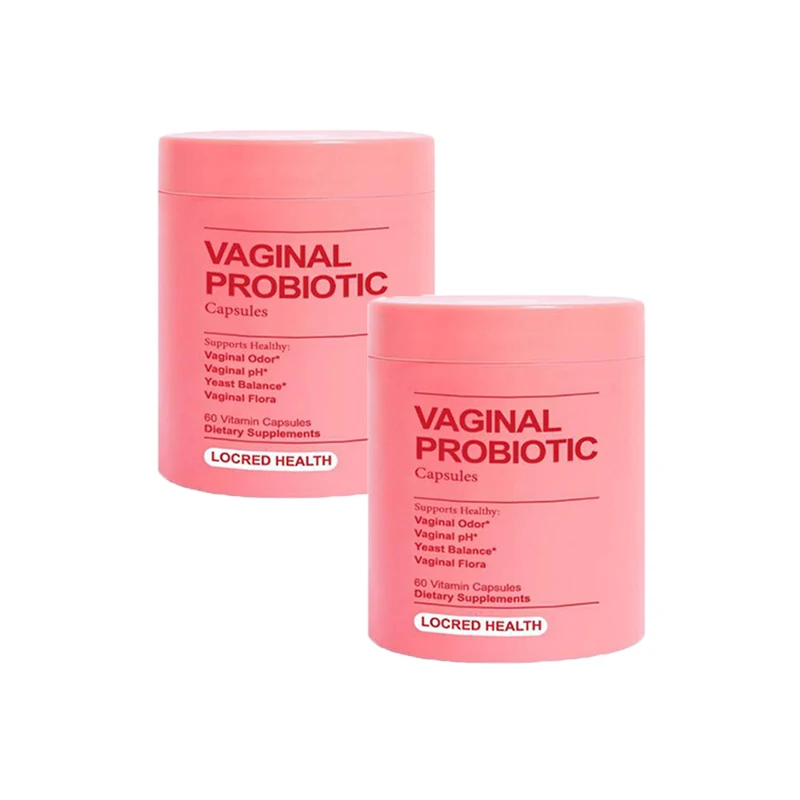

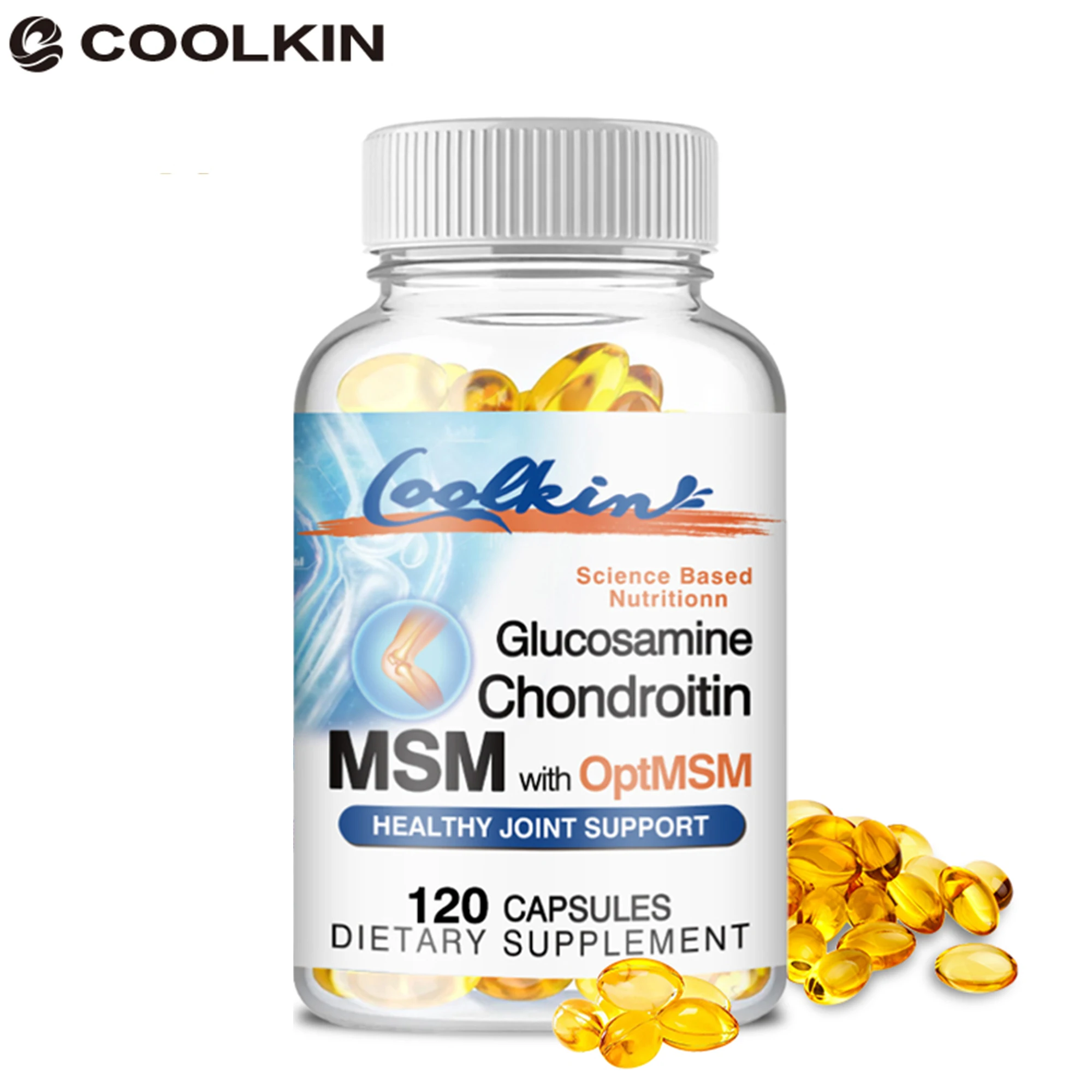



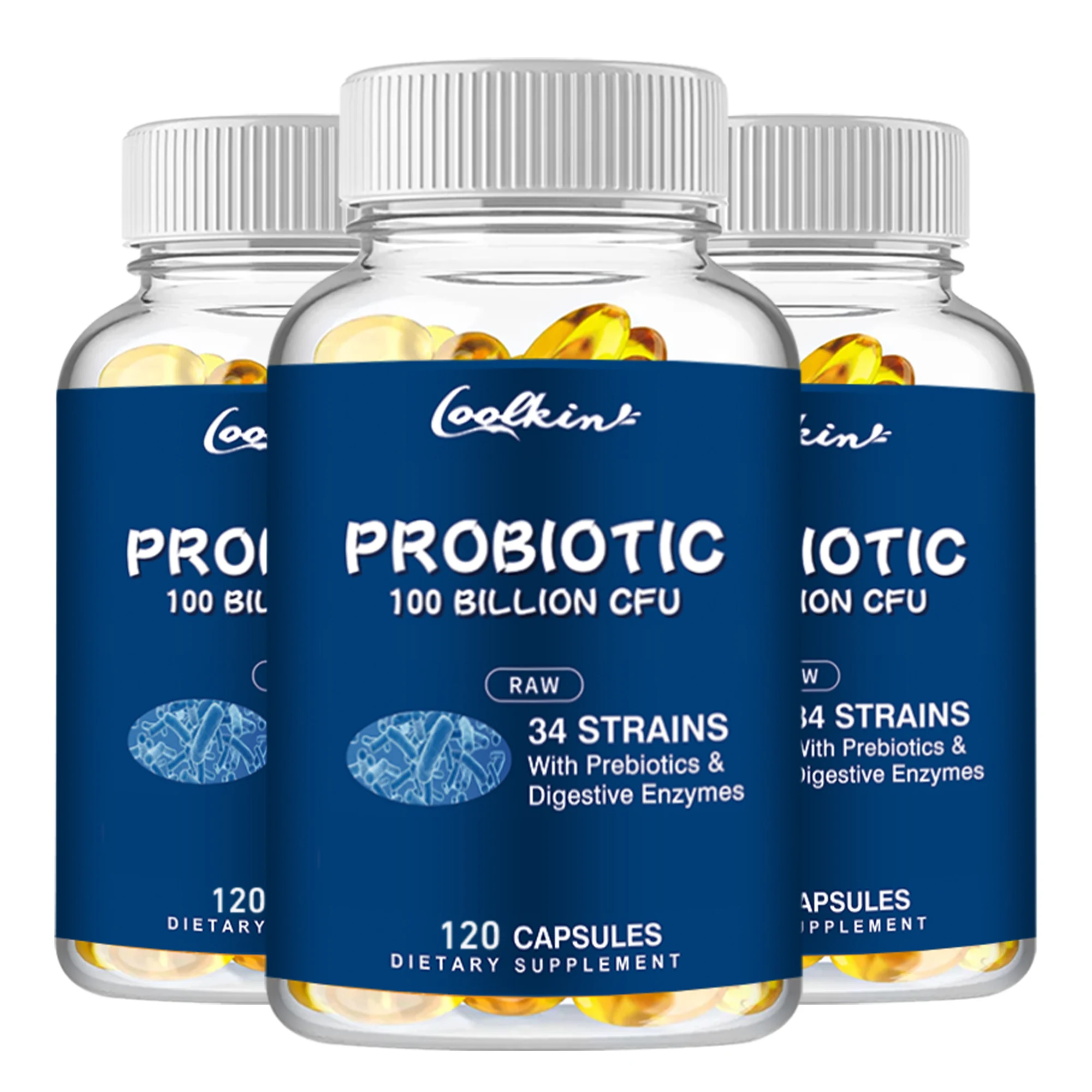








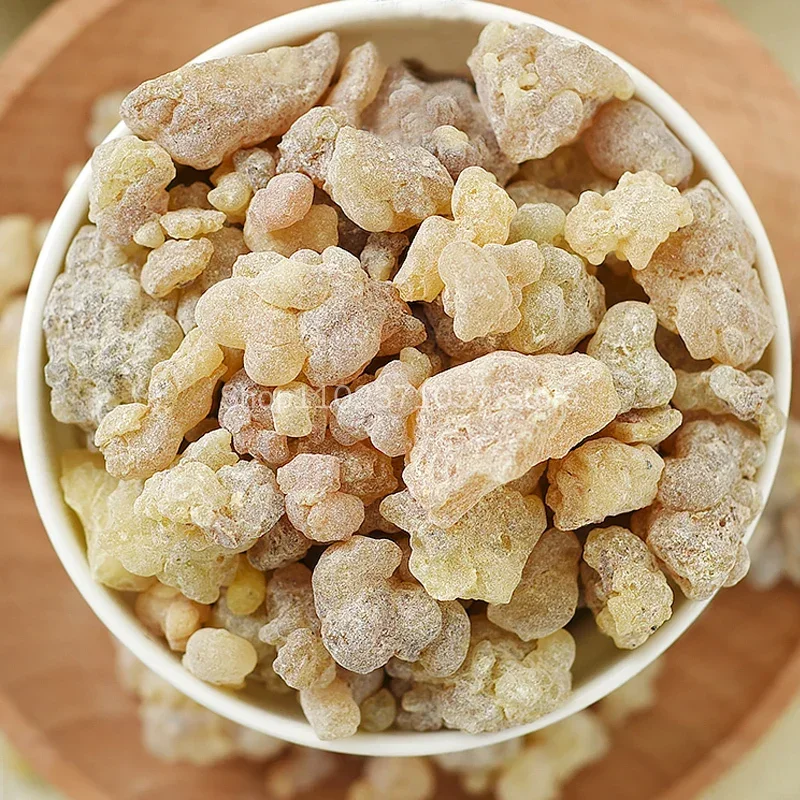
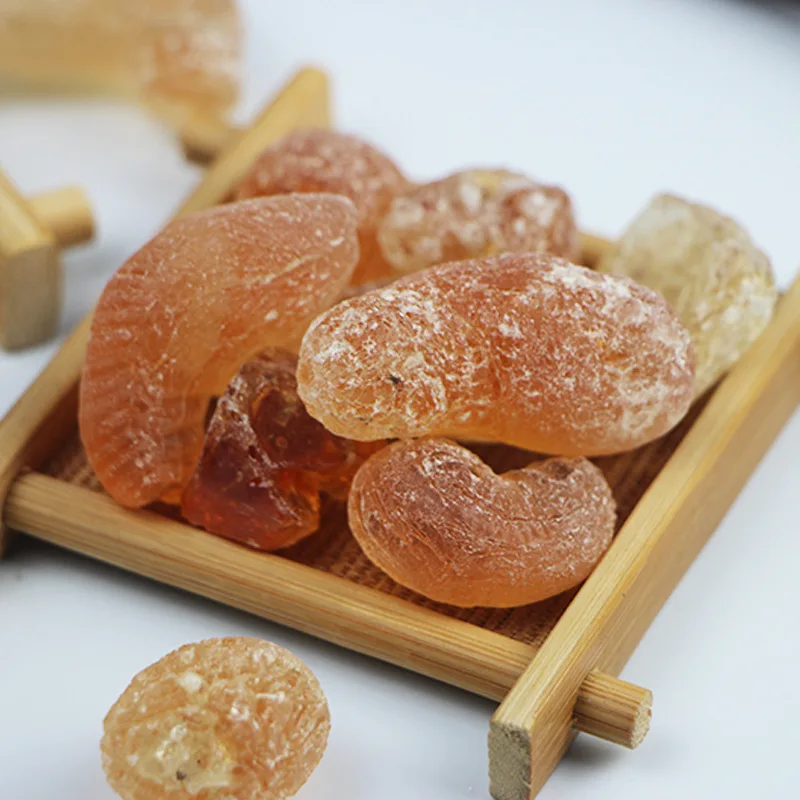




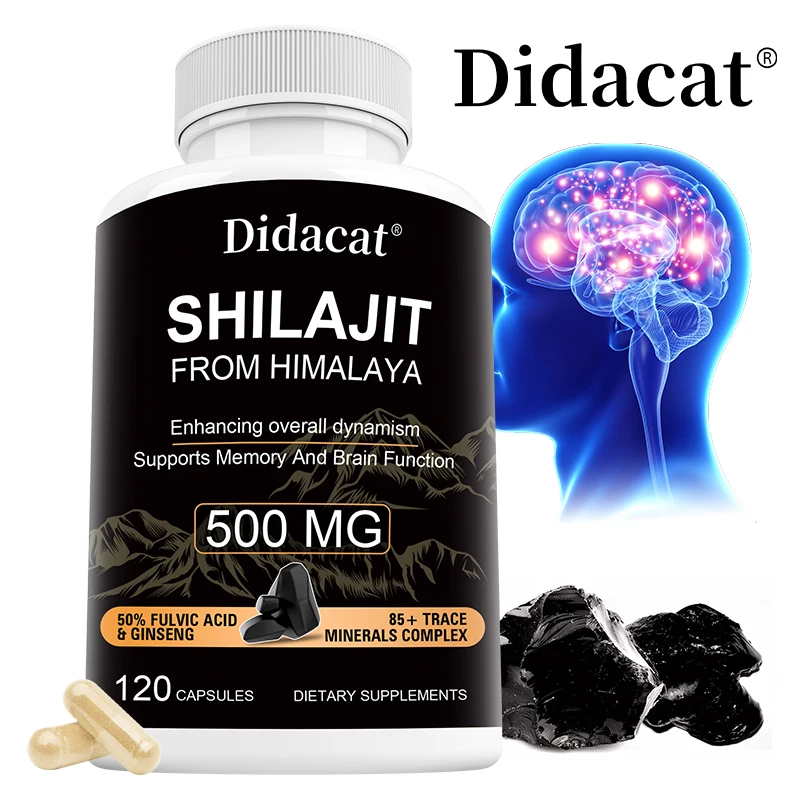

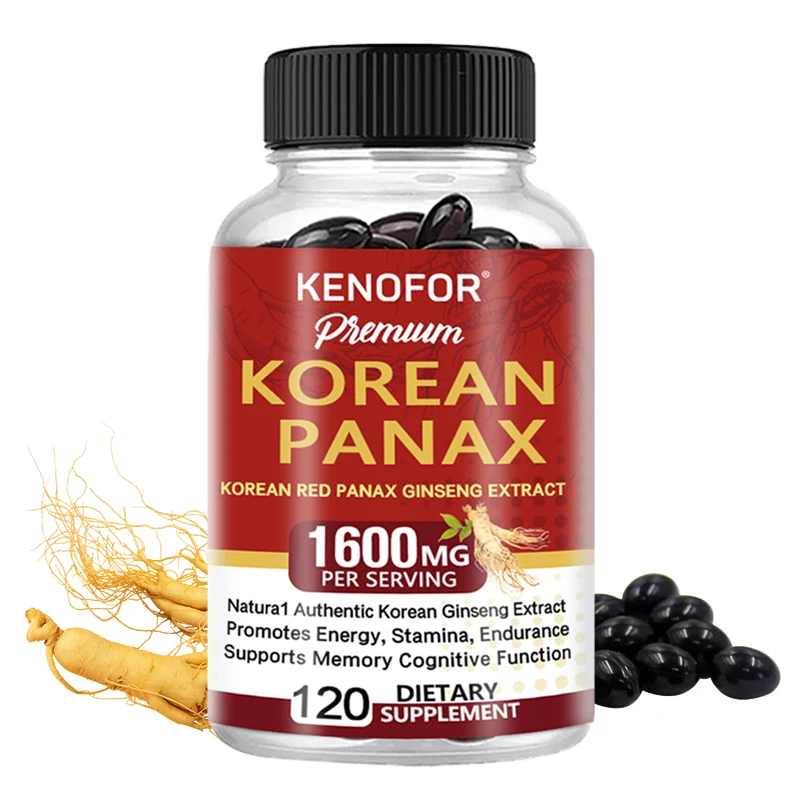
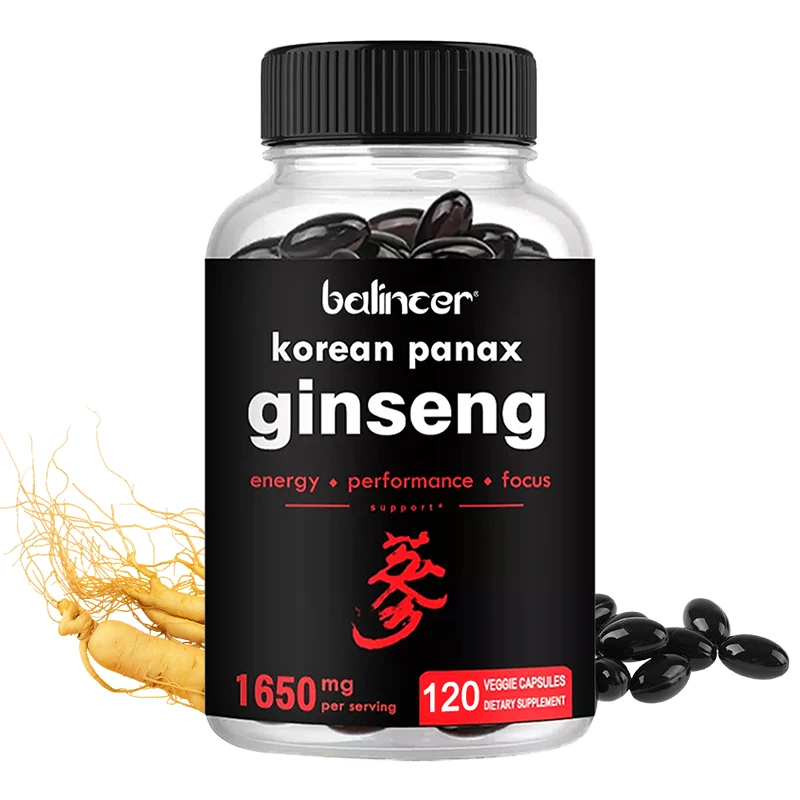
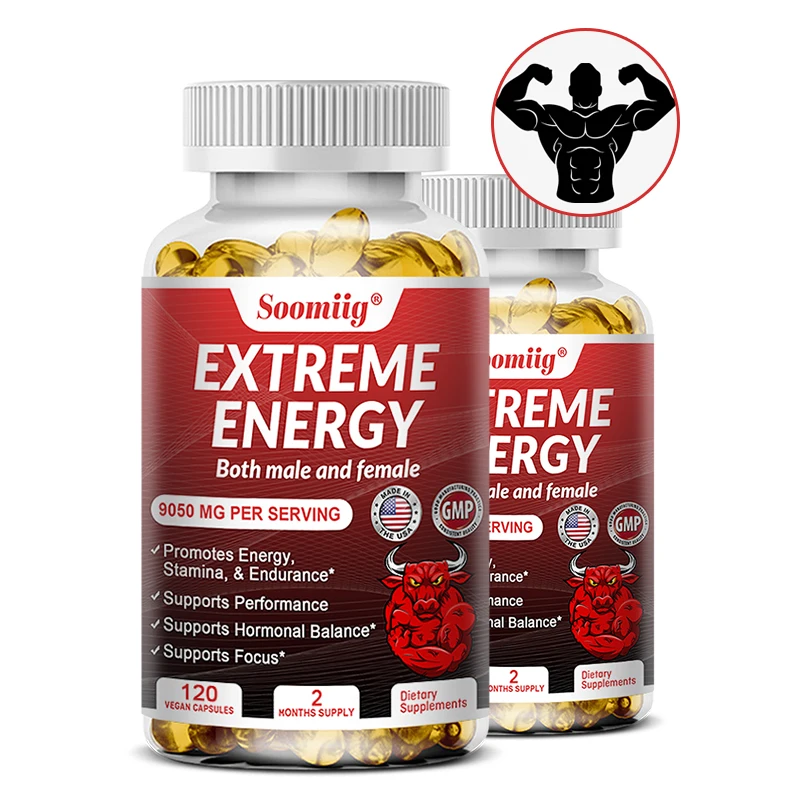

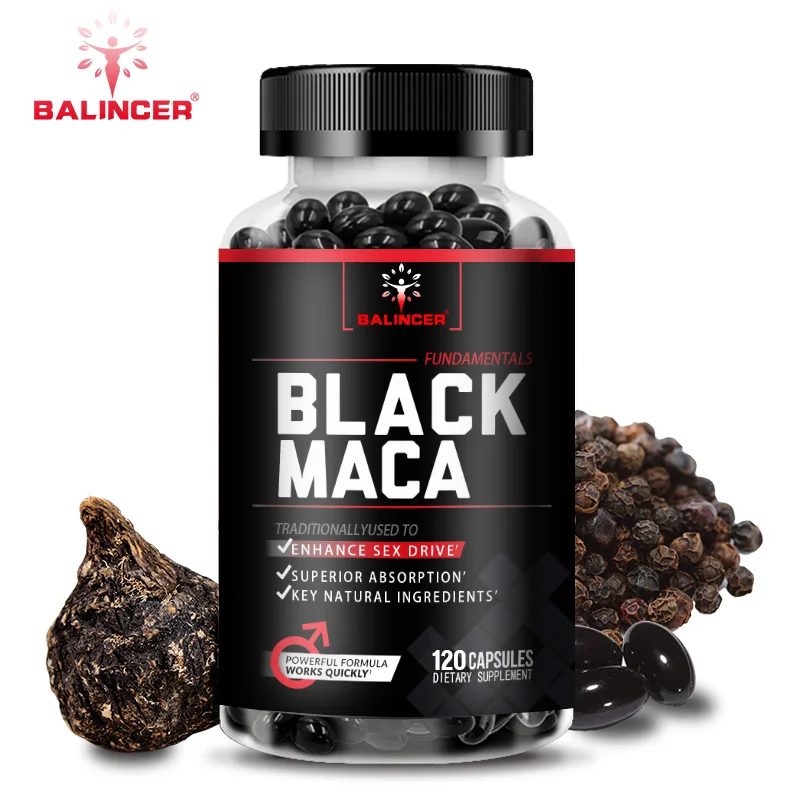
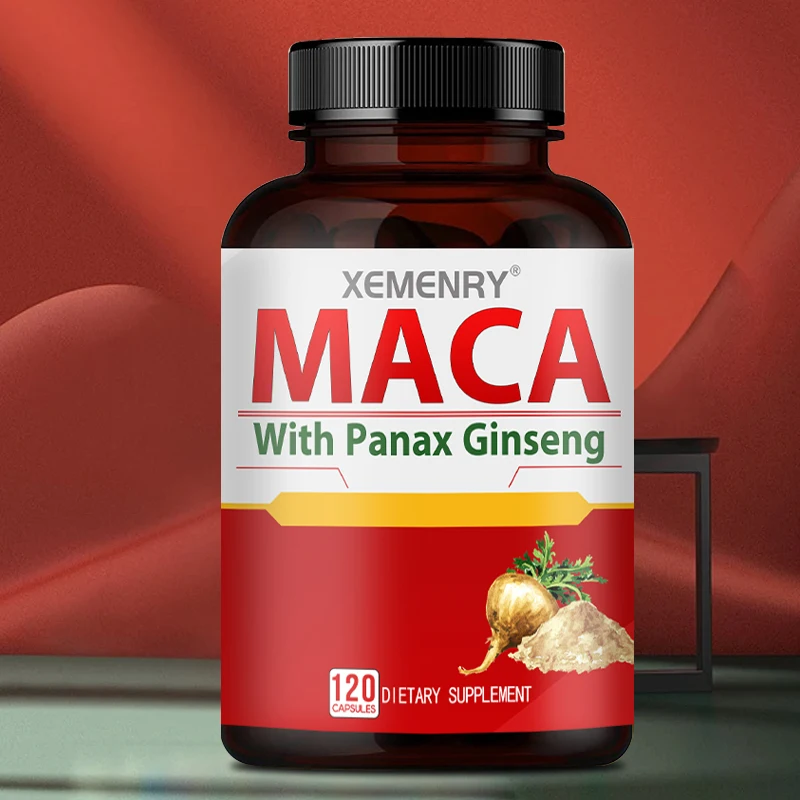

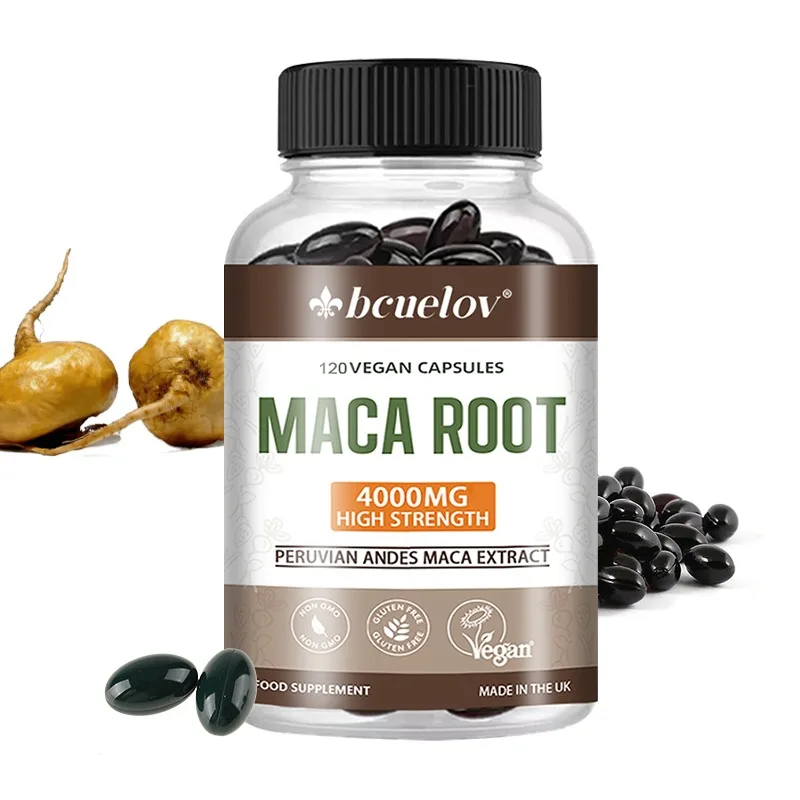

![Cosmetics Rhodiola Rosea 20:1,Hong Jin Tian DIY Aromatherapy Plaster Candle Soap Making[Latest Date Product]](https://ae-pic-a1.aliexpress-media.com/kf/Sd4086c0e412f4a8dacbd43b1836f8b07S.jpg)
